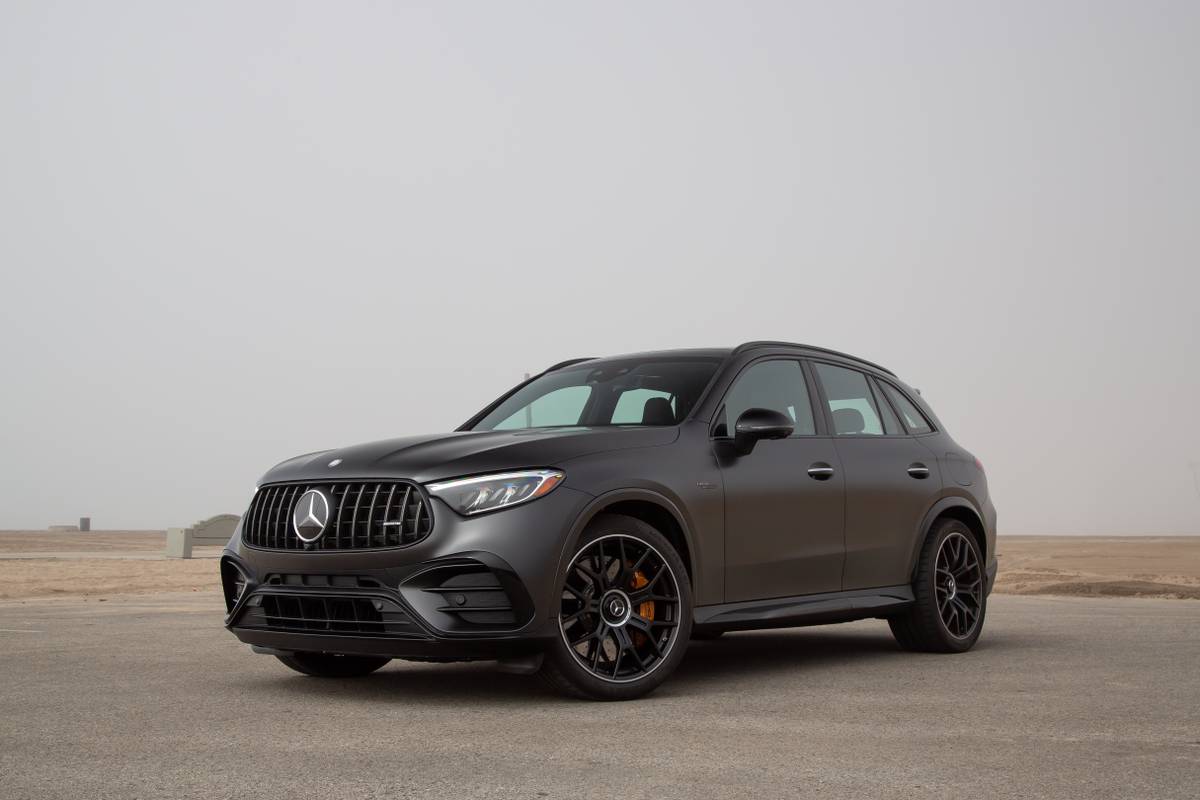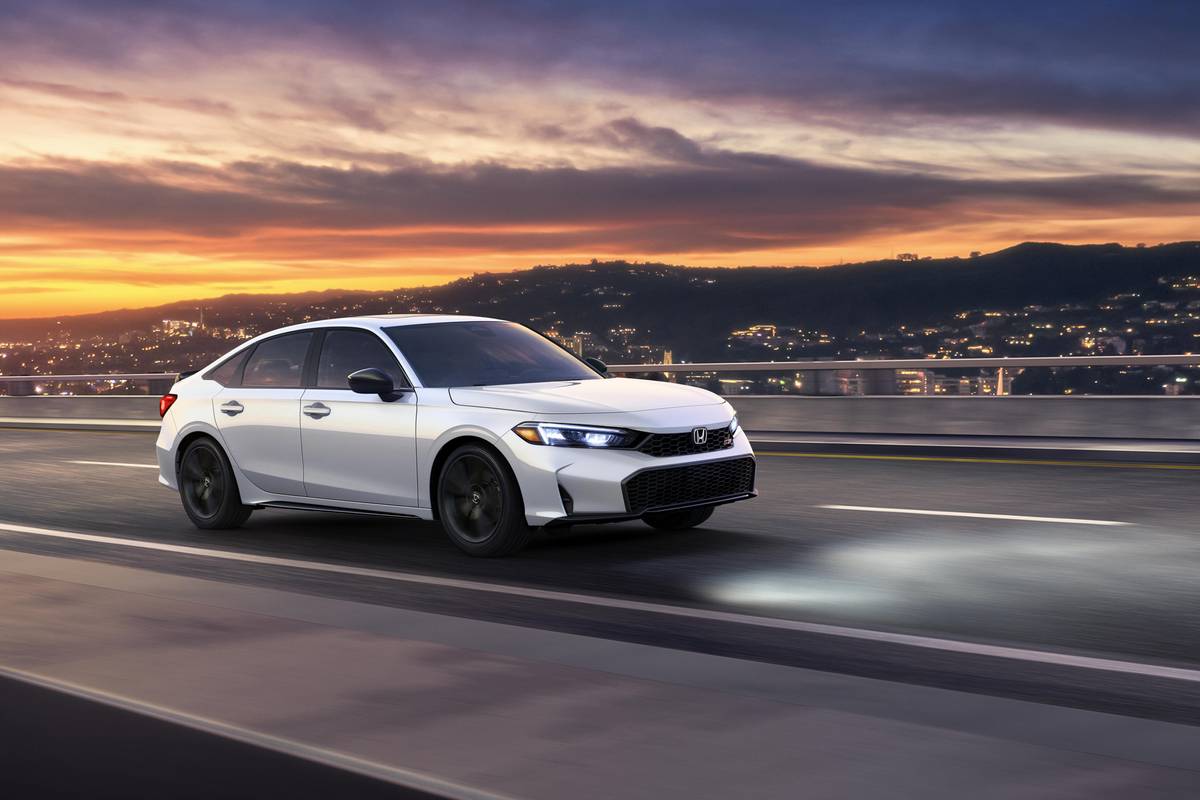2025 Nissan Rogue Review: Keeping the Compact SUV Crown

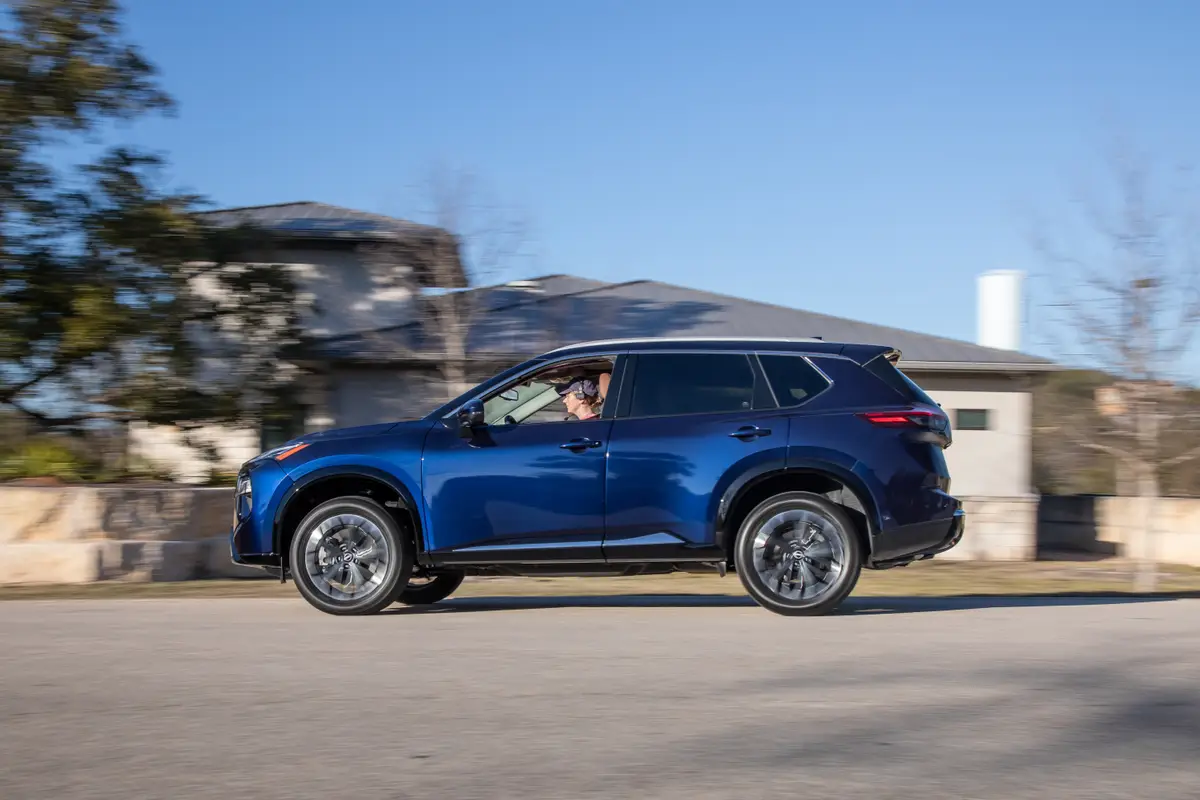
Is the Nissan Rogue a Good SUV?
- The Nissan Rogue has won three consecutive times when we’ve compared it with other compact SUVs, including a win for the 2025 Rogue in our latest faceoff. So, yeah, we’d say it’s a pretty good SUV — though its higher trims can get extraordinarily pricey.
How Does the Nissan Rogue Compare With Other Compact SUVs?
- The 2025 Rogue combines class-leading interior comfort, quality and driver-assist features with a knack for never landing below the middle of the pack in any metric we rate it on. In short, it doesn’t do anything badly.
The compact SUV class is one of the most popular in the U.S. based on sales volume. The Toyota RAV4 and Honda CR-V were both in the top five for 2024 sales, and the Nissan Rogue made it into the top 10. Given the popularity of these vehicles, it only made sense to compare a sampling of them, and you can read the full results of our seven-SUV test below.
Related: What’s the Best Compact SUV for 2025?
The winner of the last two of these comparisons, the Rogue, entered our 2025 test in all-wheel-drive Platinum form, which is a top-of-the-line trim. In our prior two comparison tests, the Rogue had no apparent weaknesses, racking up a number of category wins and logging not a single loss. When I saw the price of our test vehicle this time around, though, I was worried: Including destination fee, this Rogue was priced at $48,330 — and those are pre-tariff dollars. Nissan has since rolled Rogue prices back a little; the model we tested would be “only” roughly $47,000 assuming no other changes to option pricing, but that’s still a lot of money for a two-row compact SUV.
Related Video:
For 2025, the Rogue added a rugged-looking Rock Creek trim, as well as an available ProPilot Assist 2.1 system, which offers hands-free cruise control on certain premapped highways. A newly enhanced 360-degree camera system can be equipped to display Nissan’s Invisible Hood View, which allows drivers to see “through” their Rogue to the ground in front of them. The sole powertrain remains a turbocharged 1.5-liter three-cylinder engine that makes 201 horsepower and 225 pounds-feet of torque and pairs with a continuously variable automatic transmission. All trims are available with either front-wheel drive or AWD, except the AWD-only Rock Creek.
Does the 2025 Rogue Platinum do enough to justify its relatively astronomical price? Read on to find out.
How Good Is the 2025 Nissan Rogue’s Interior?
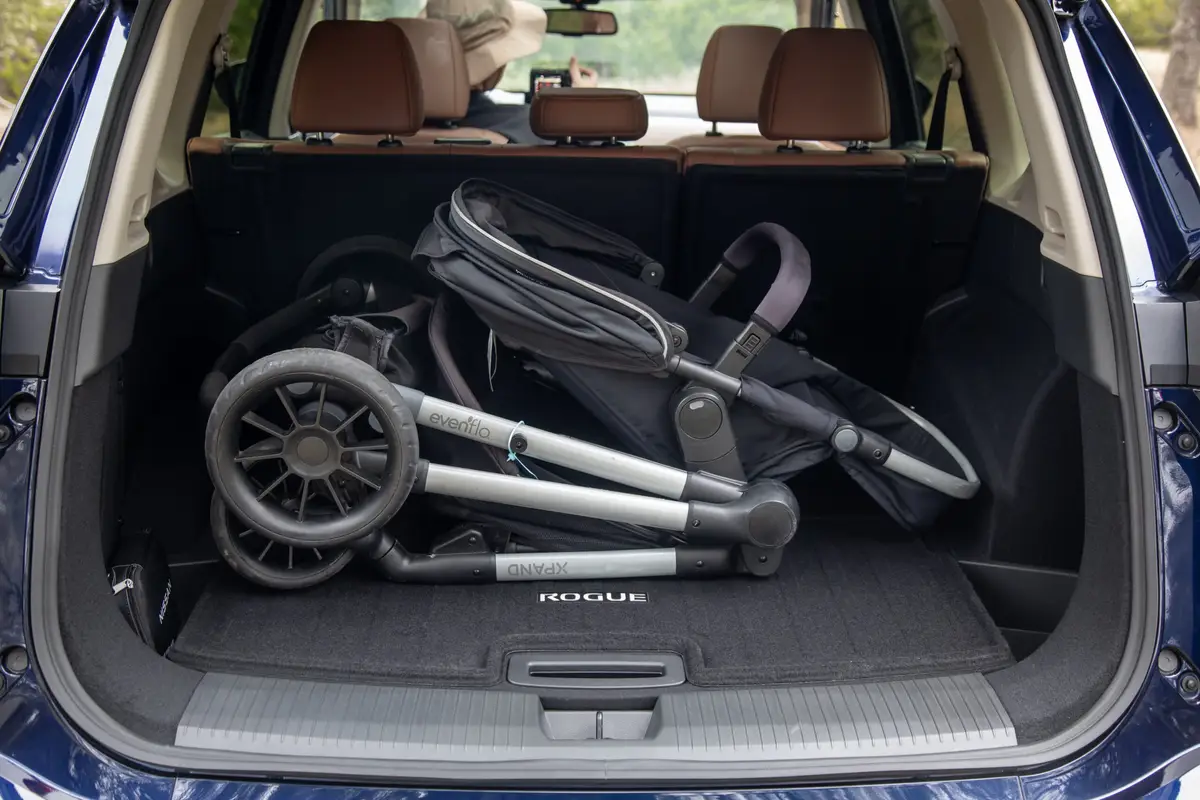
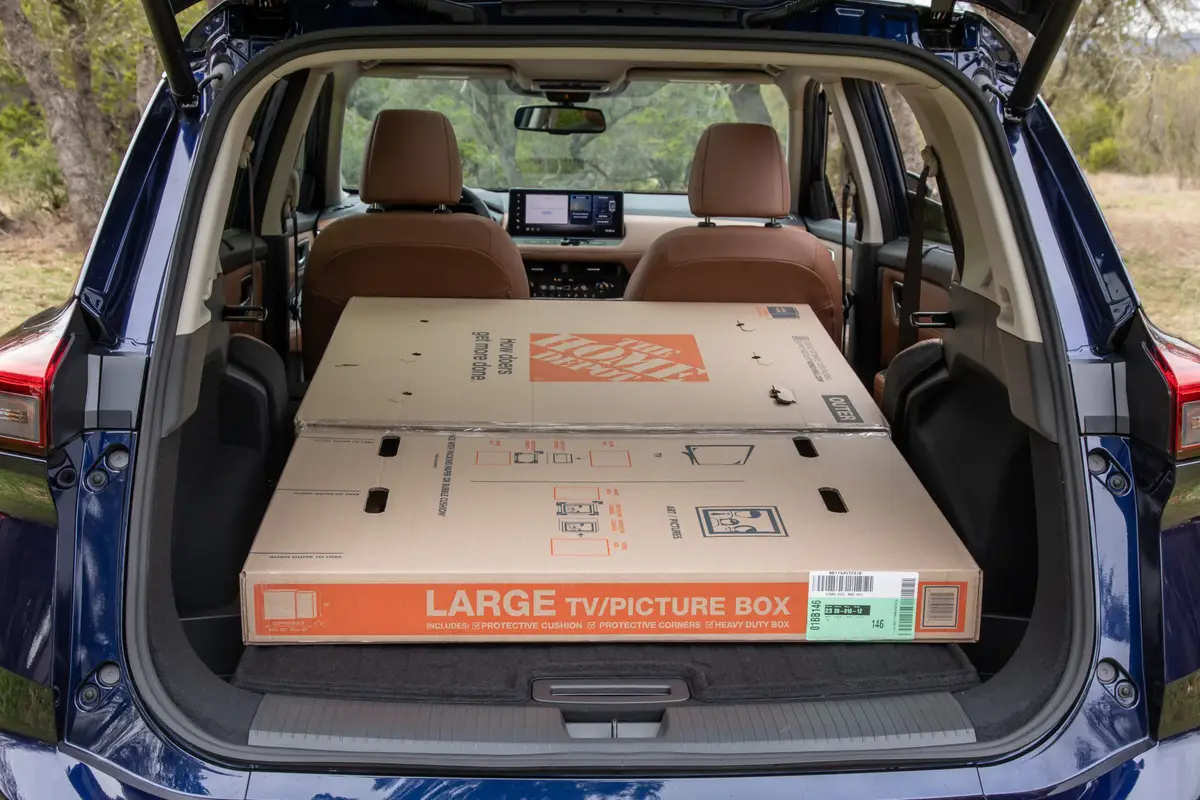
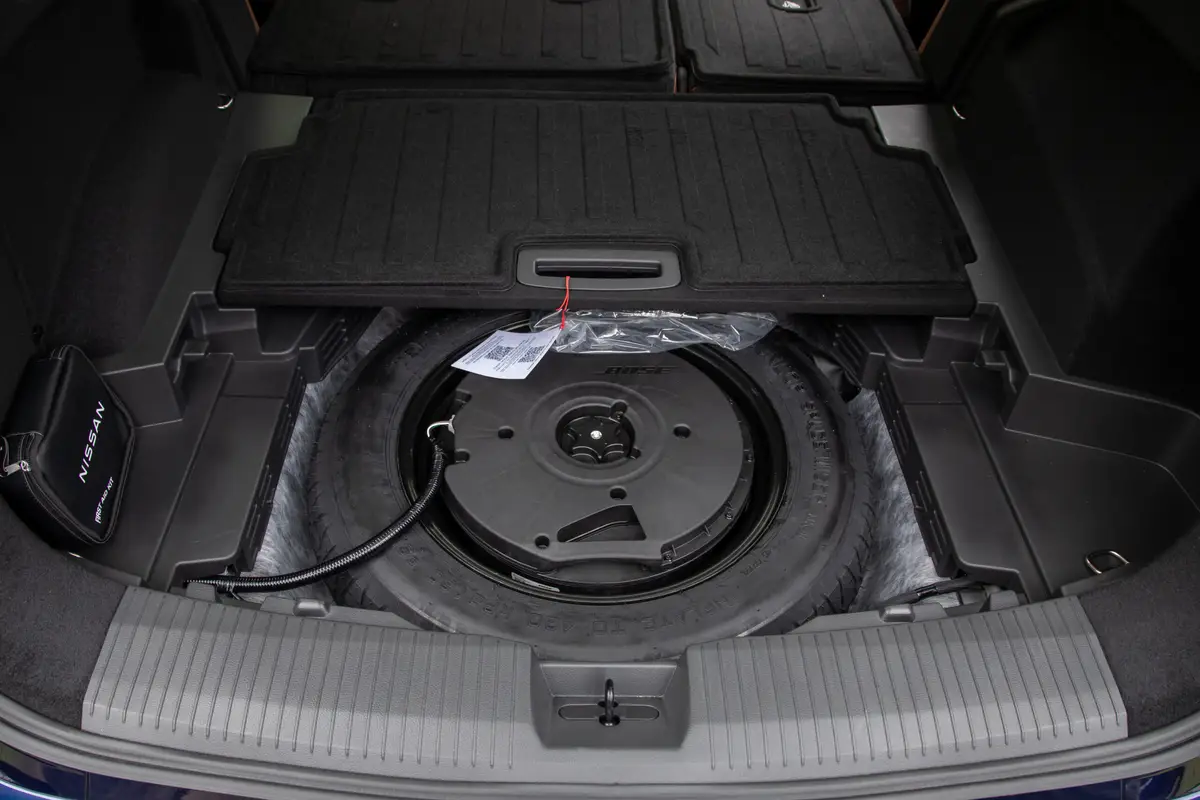
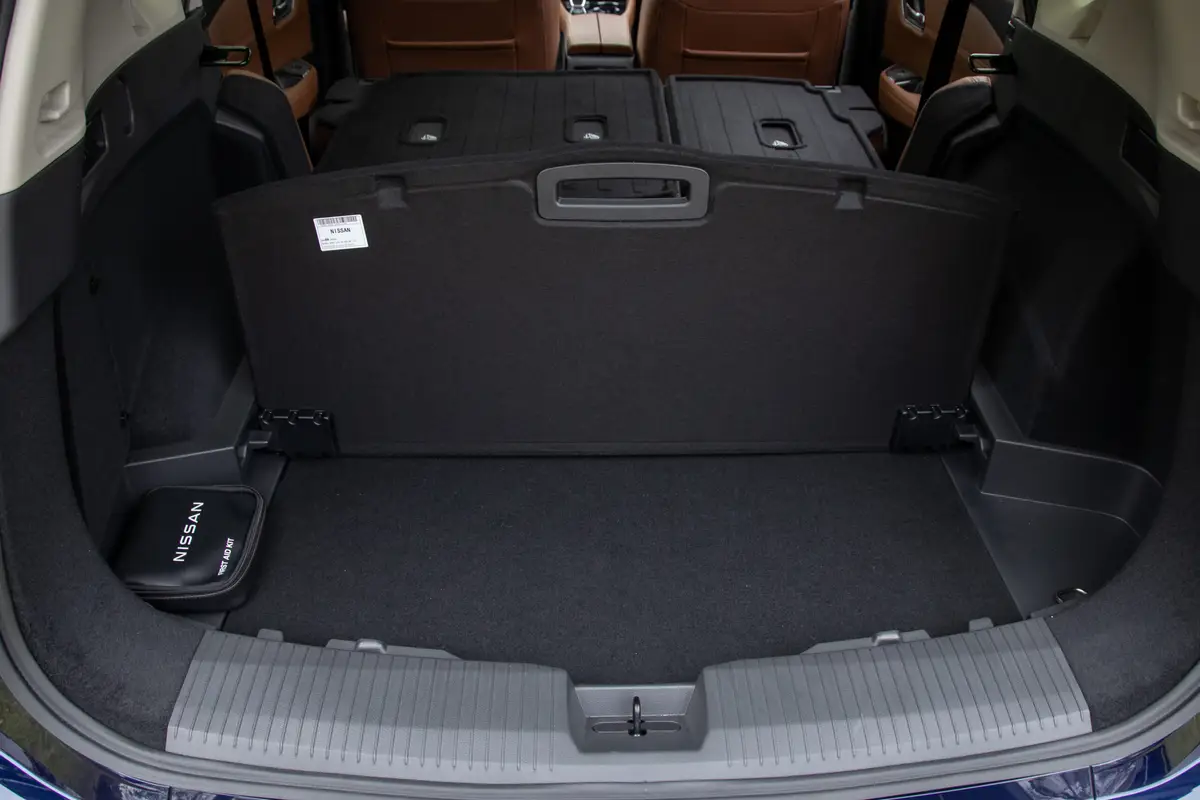
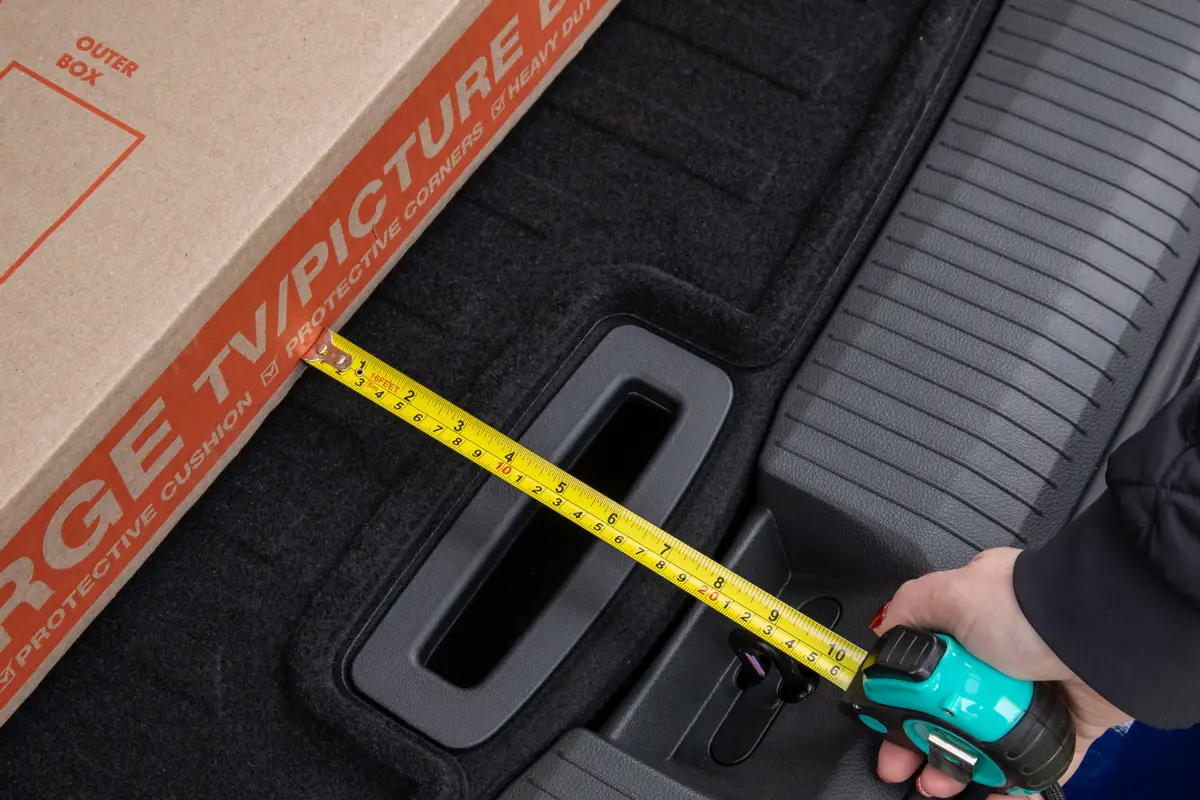
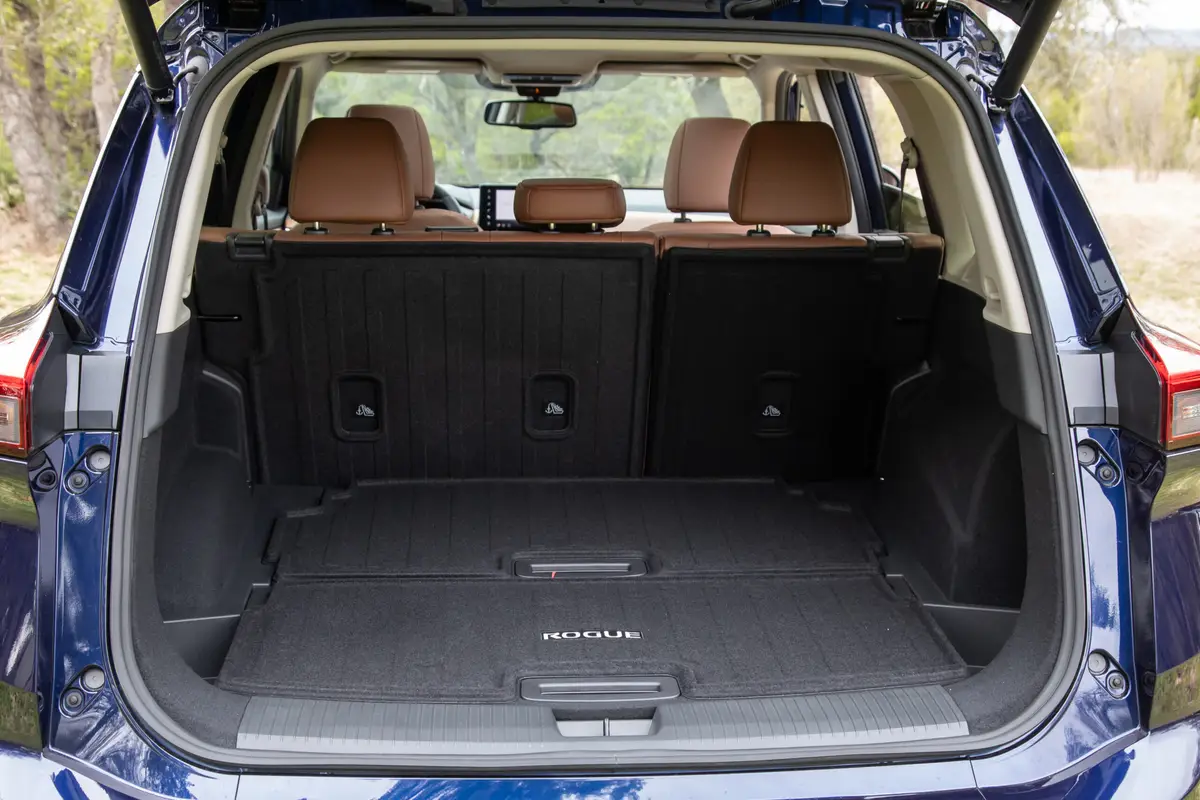

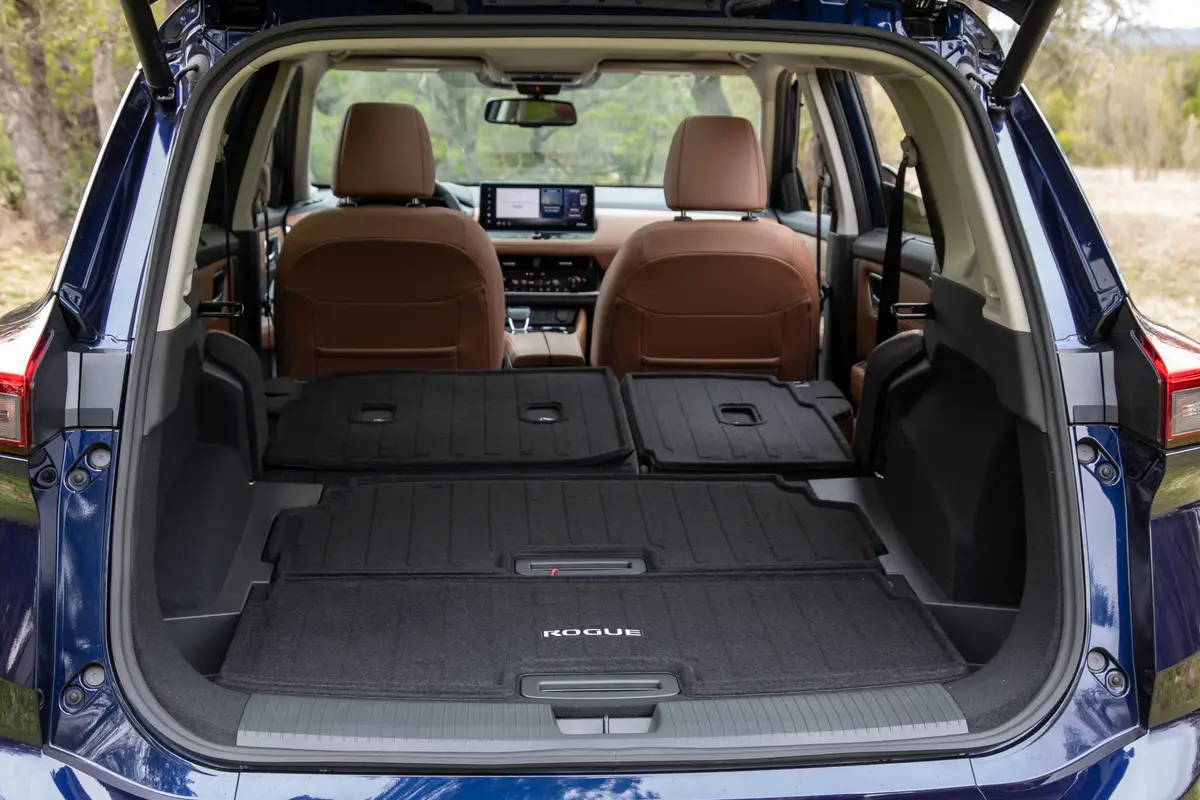
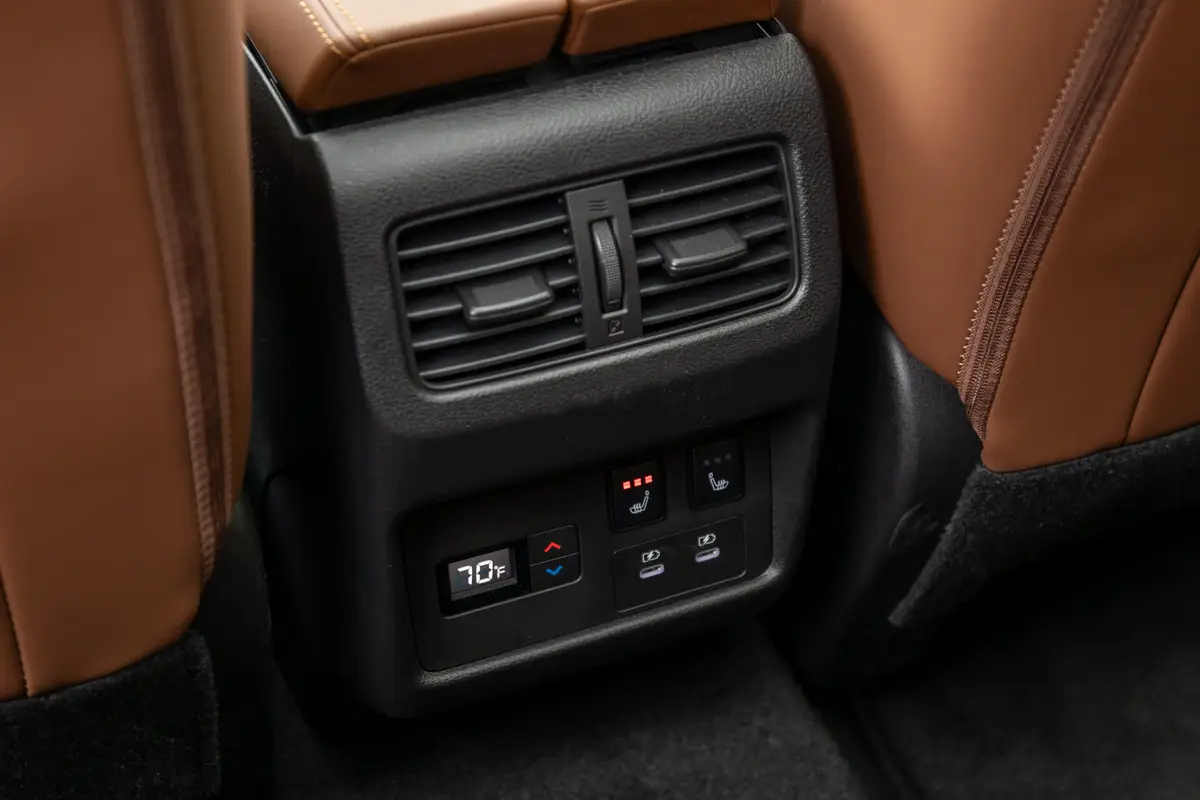
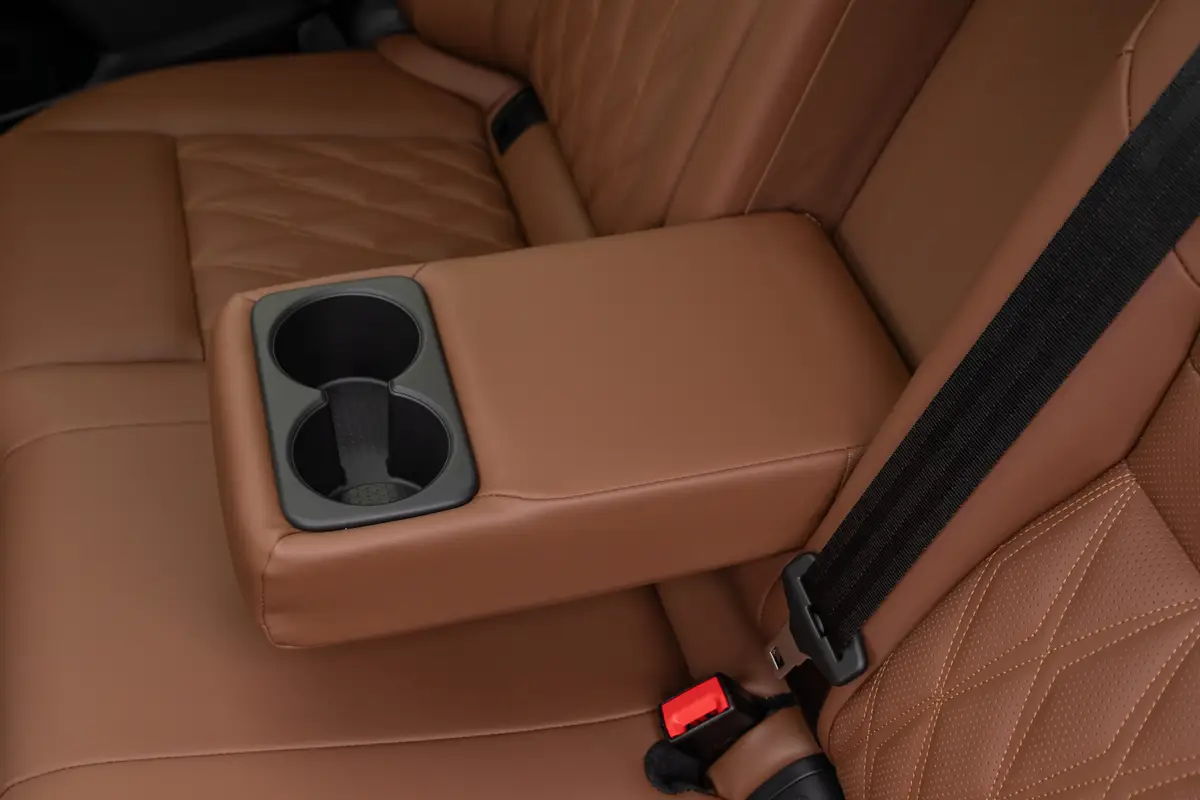
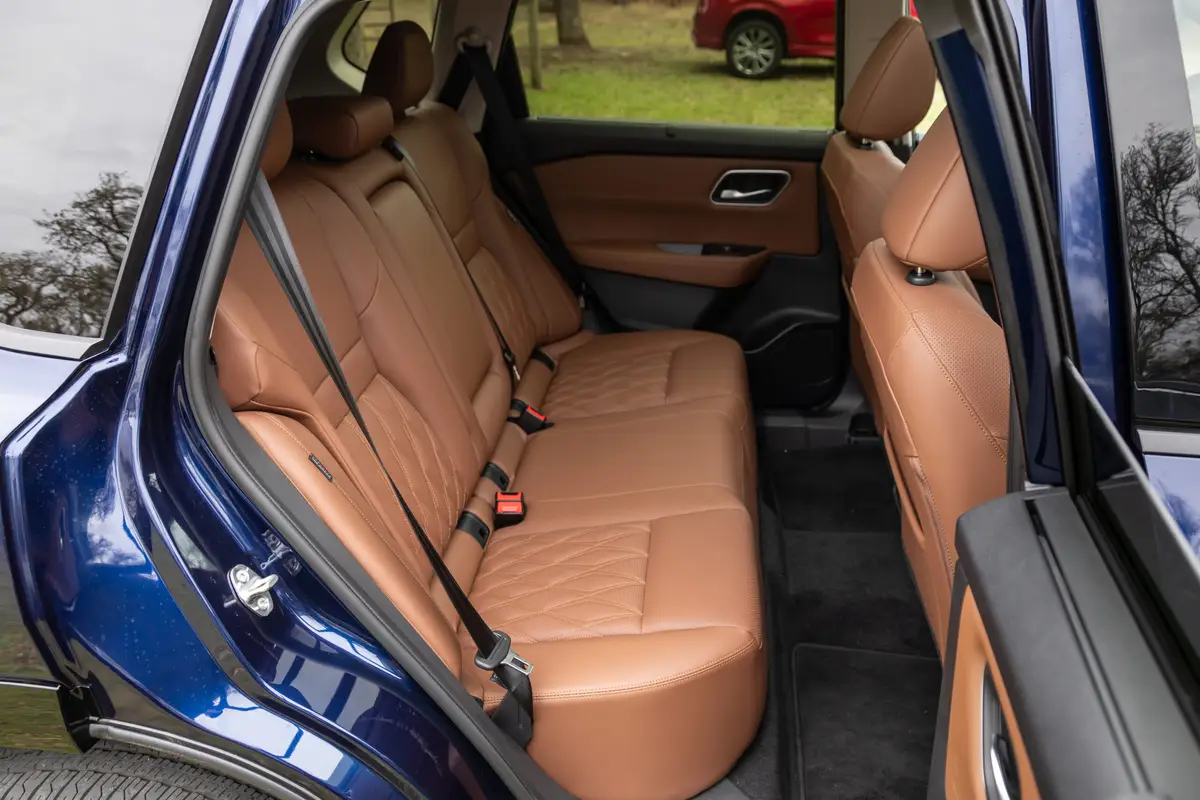
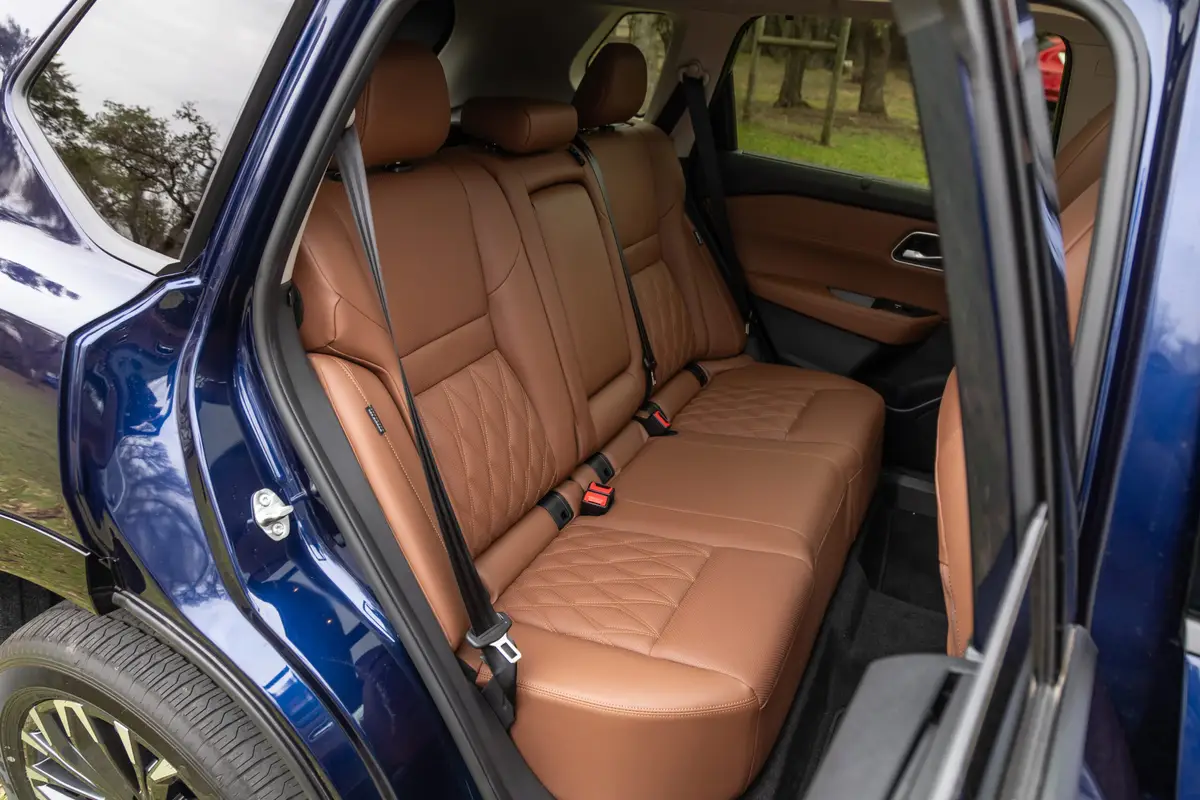
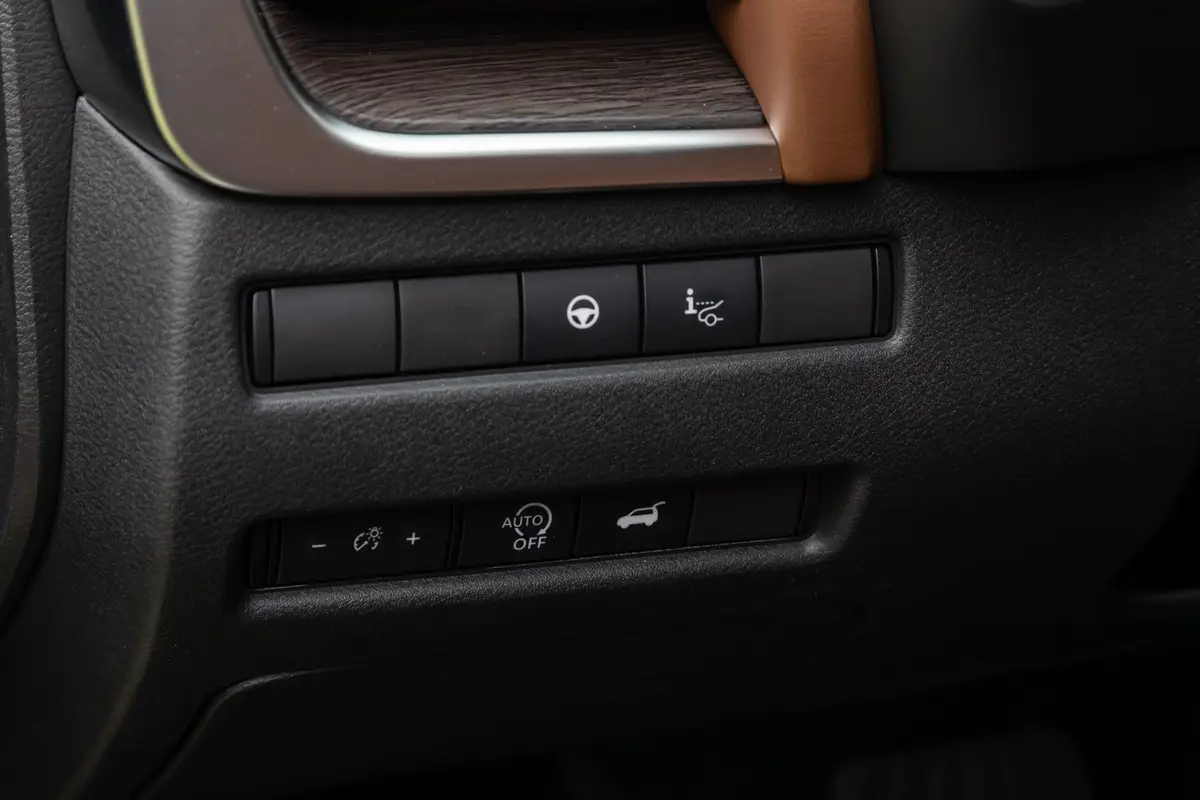
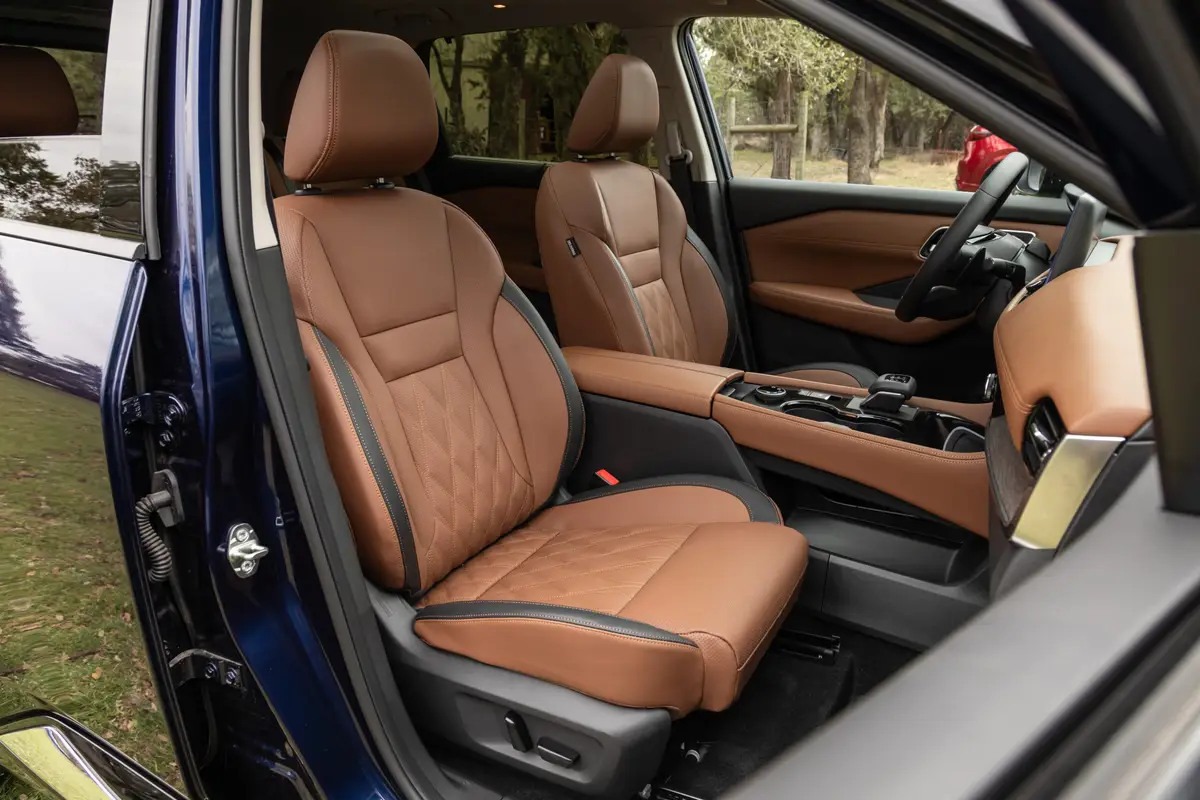
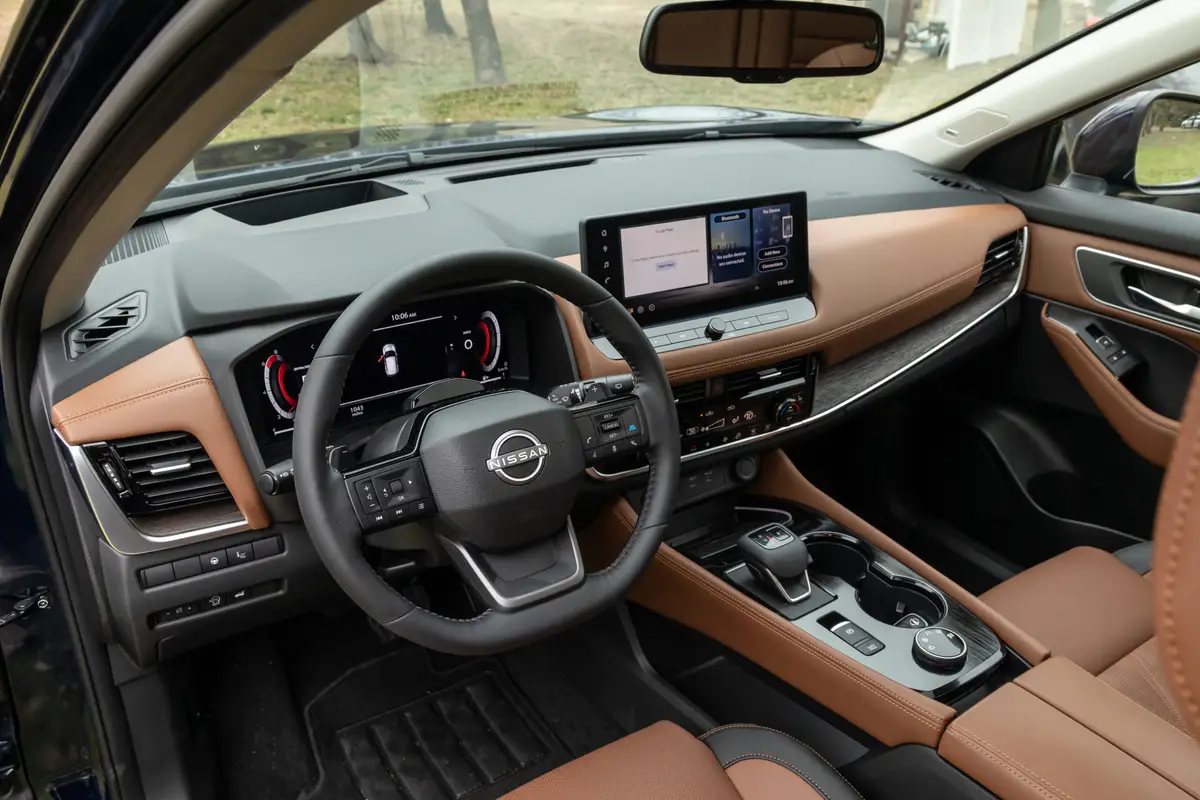
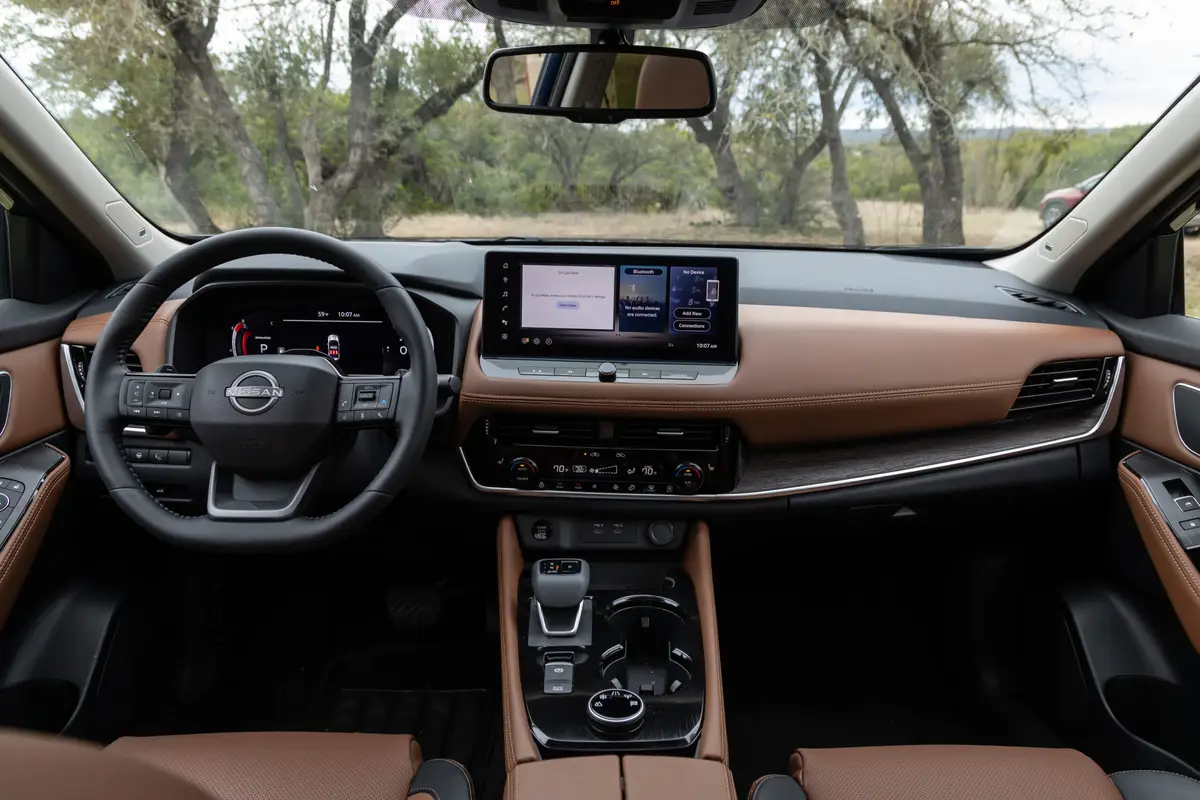
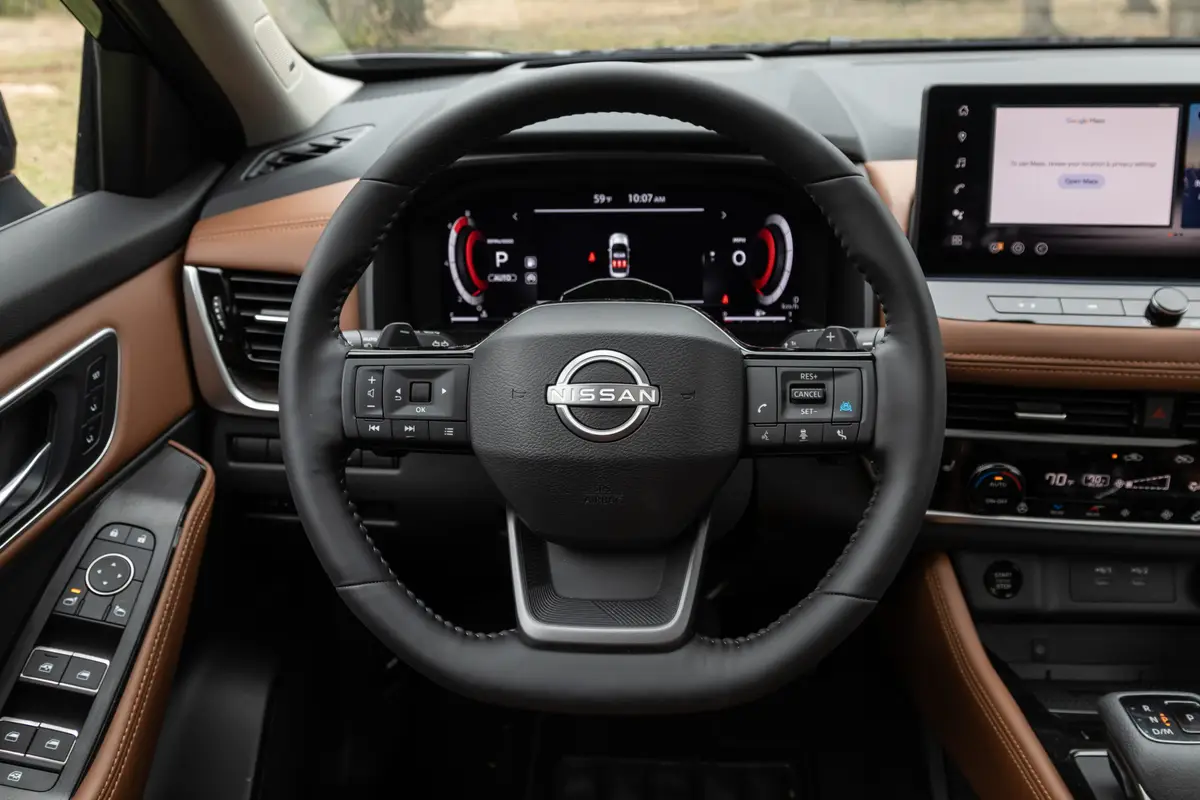

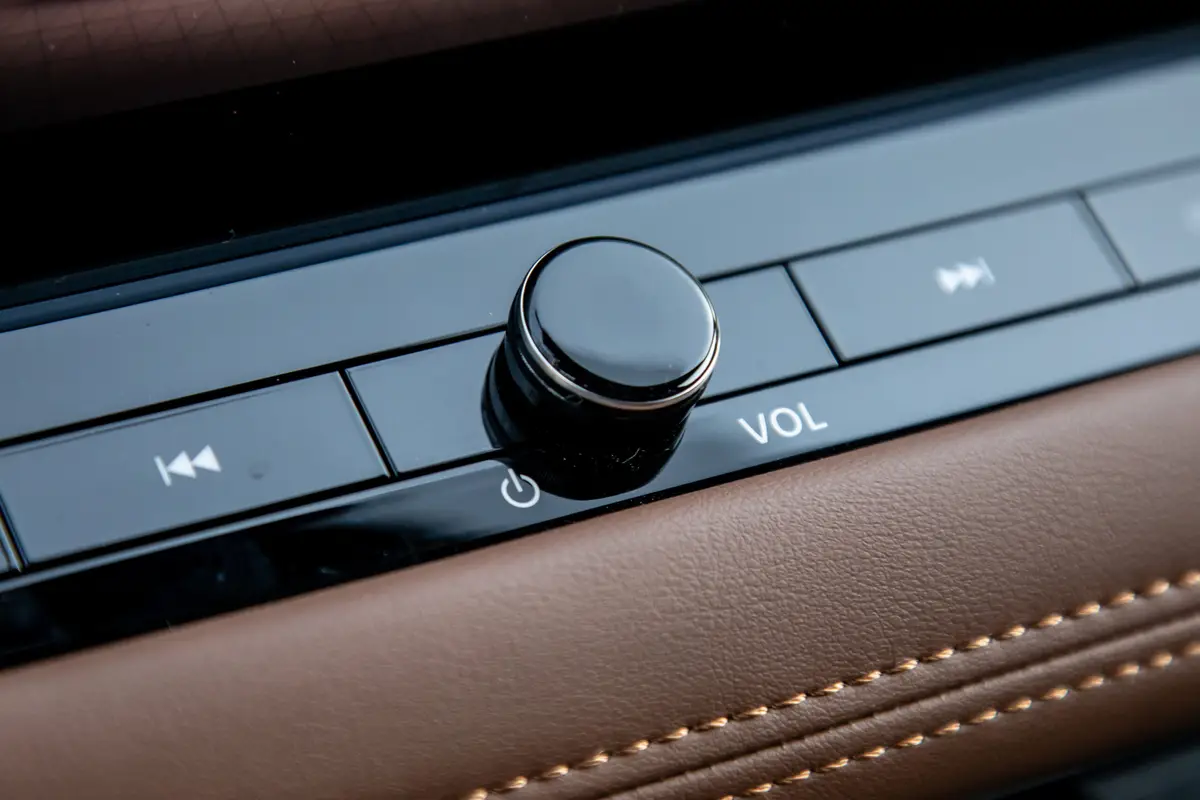
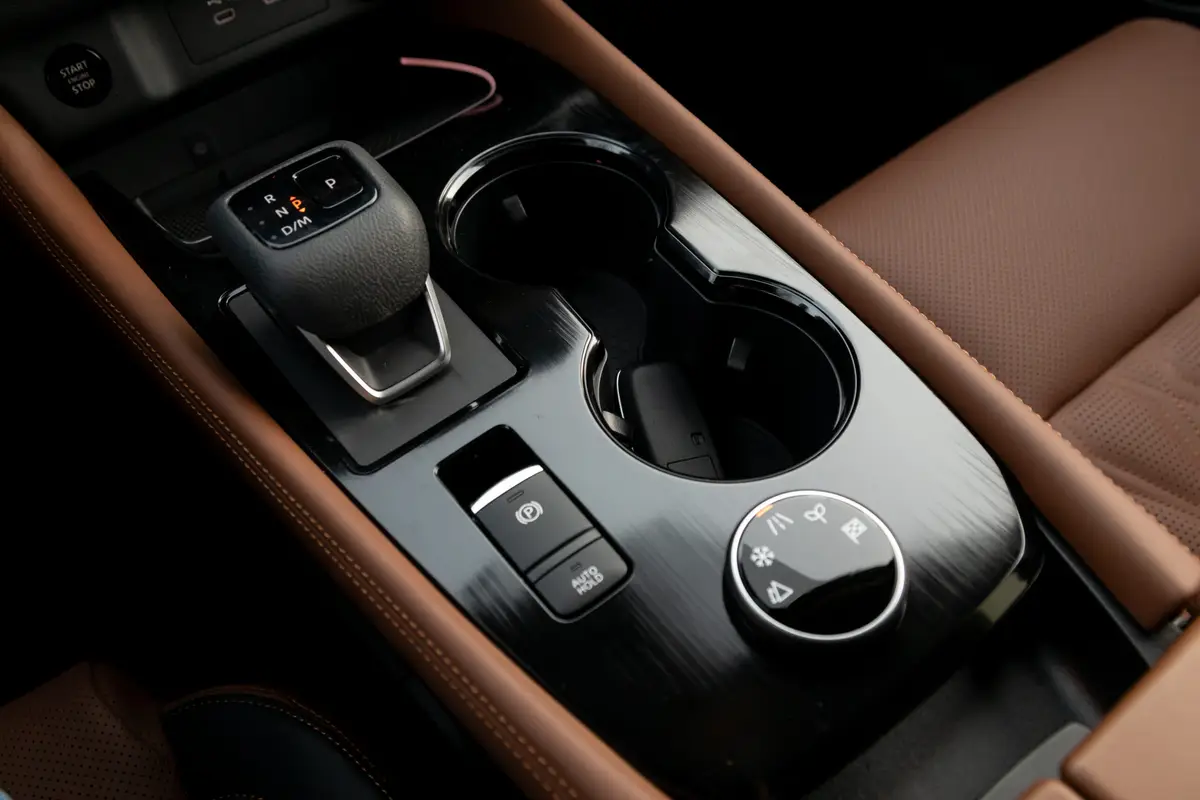
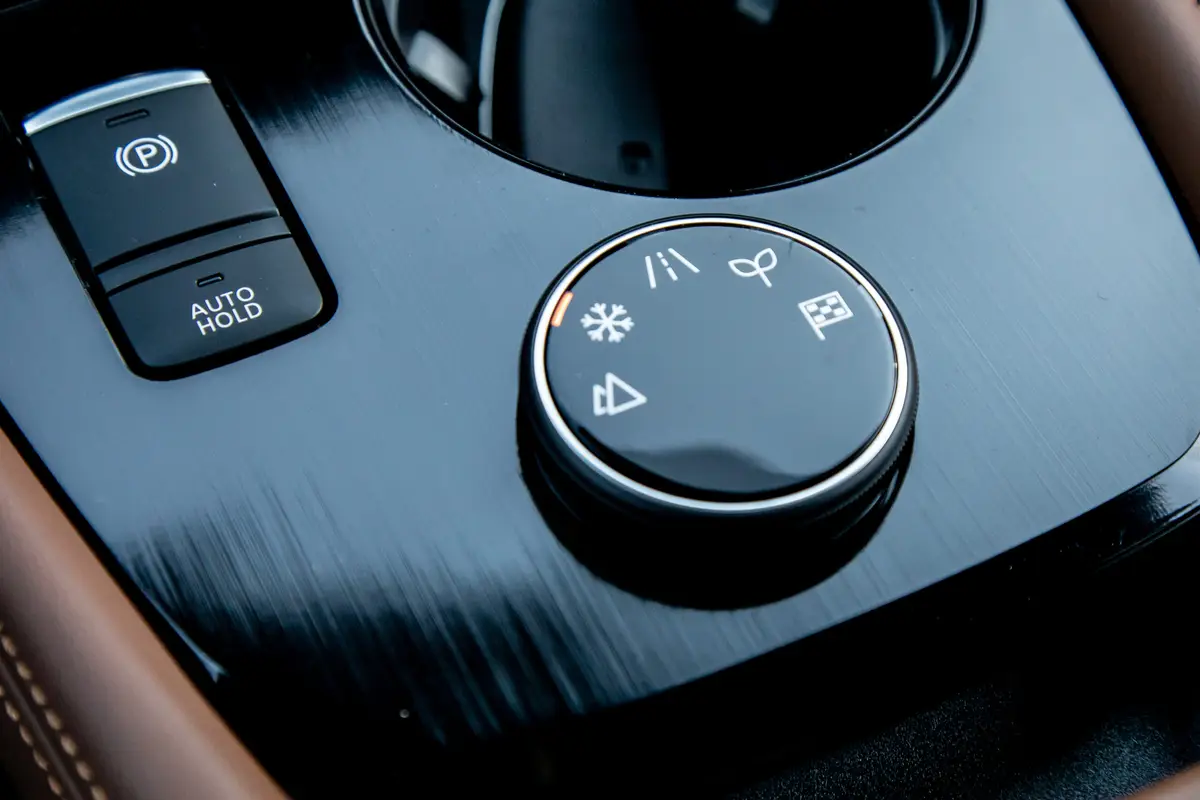

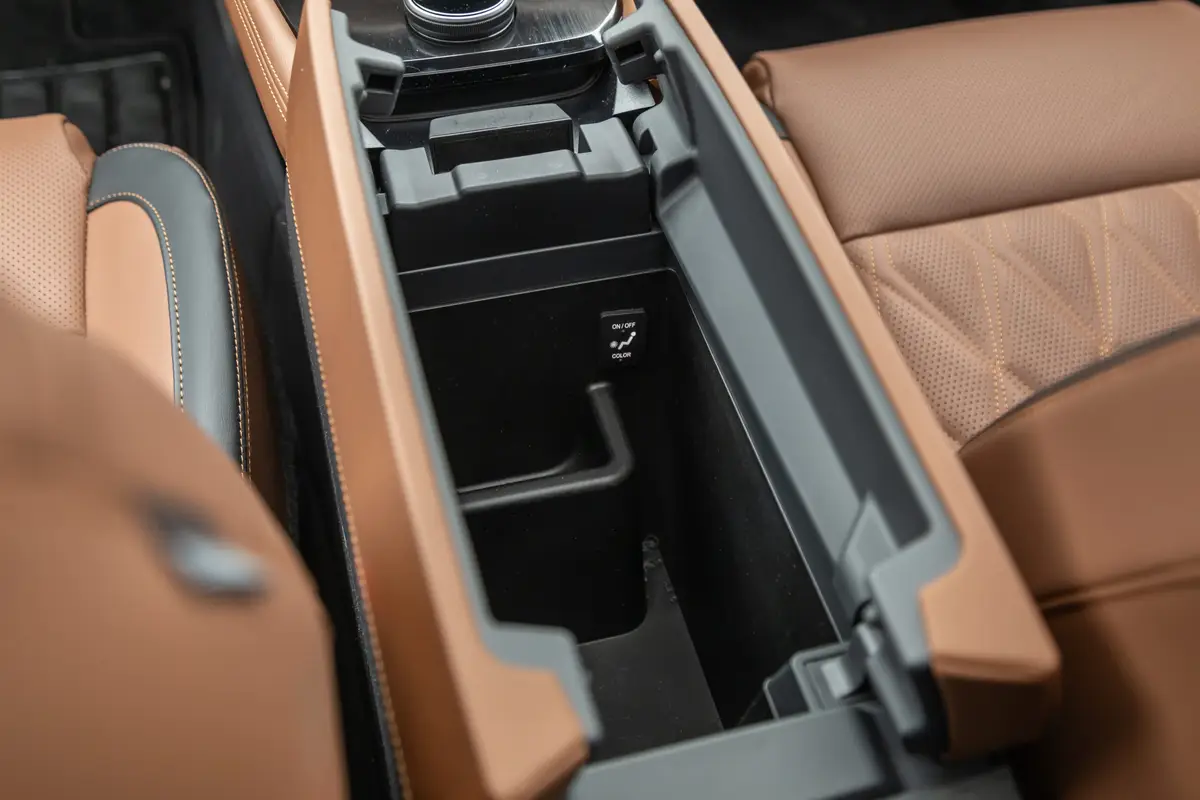
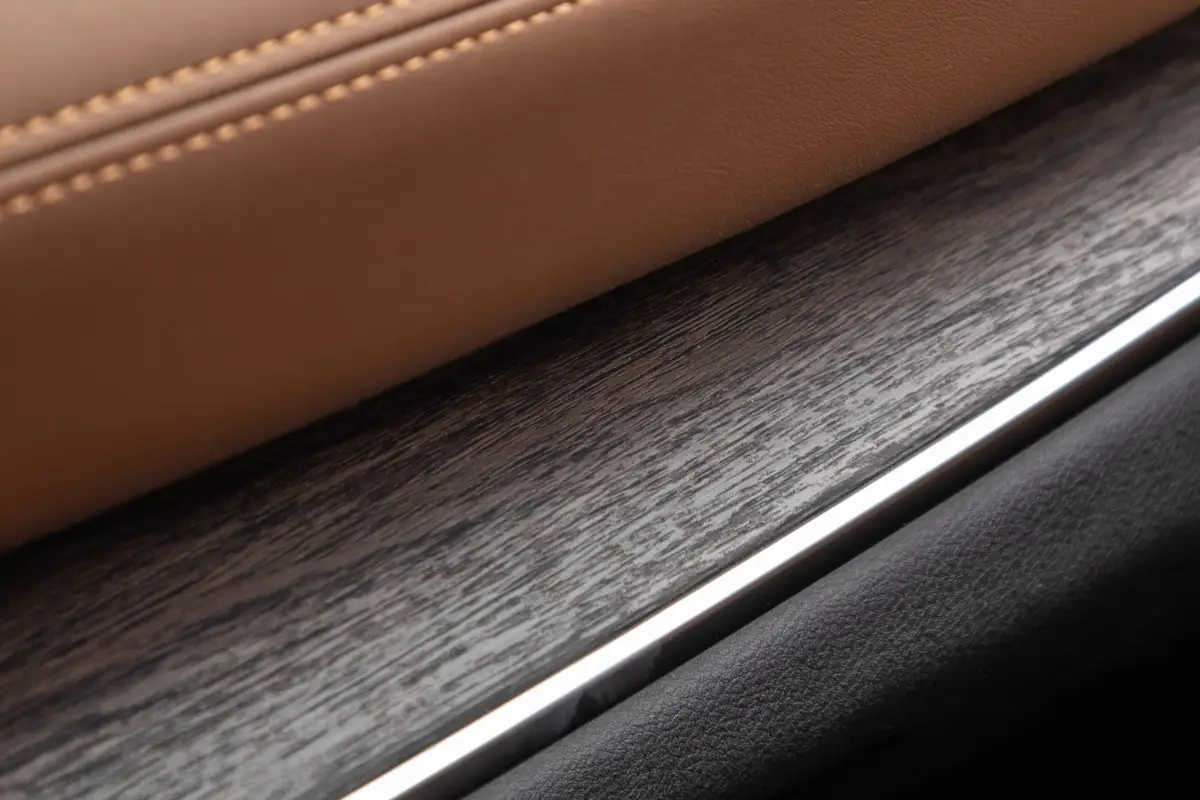
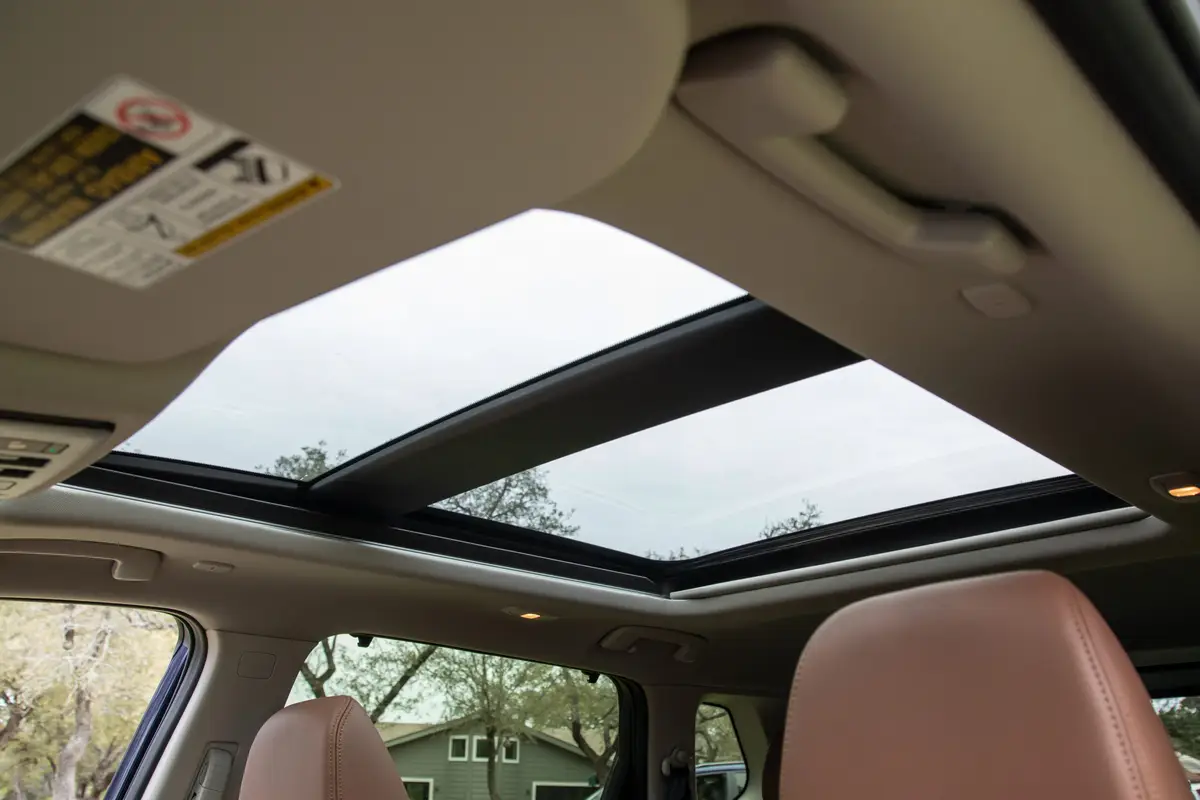
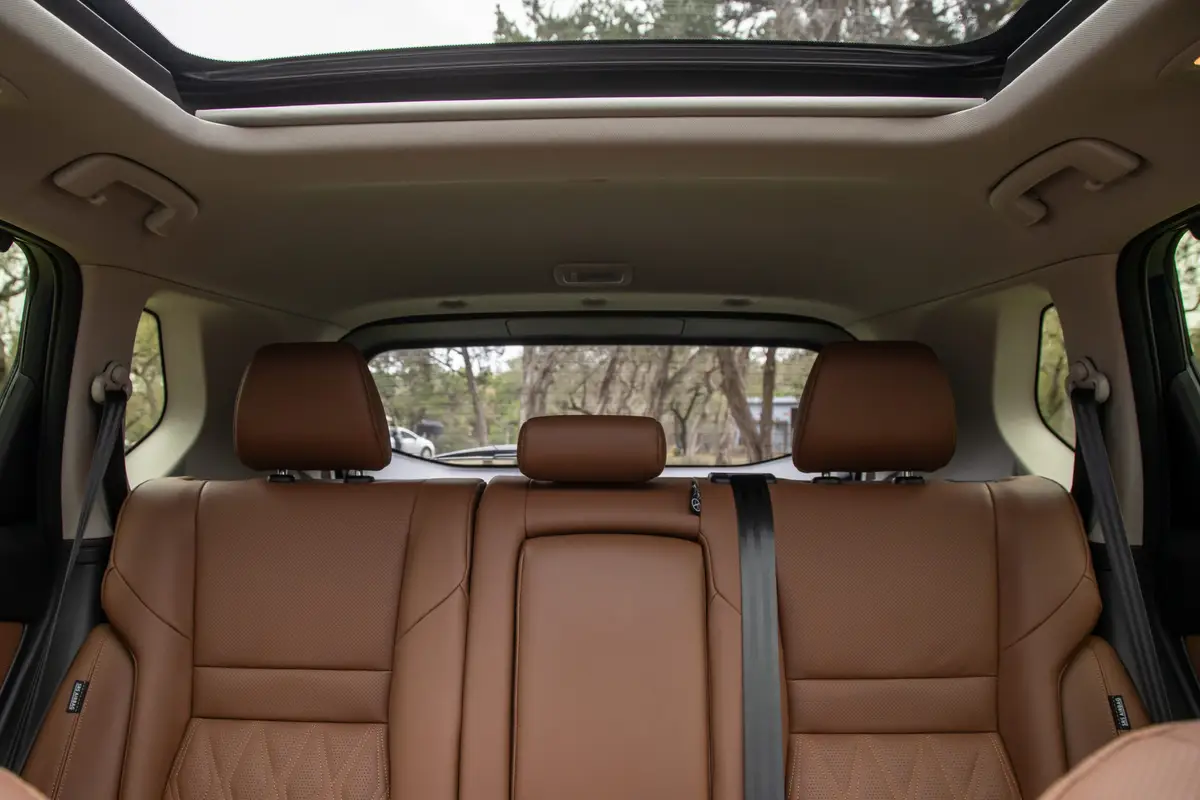

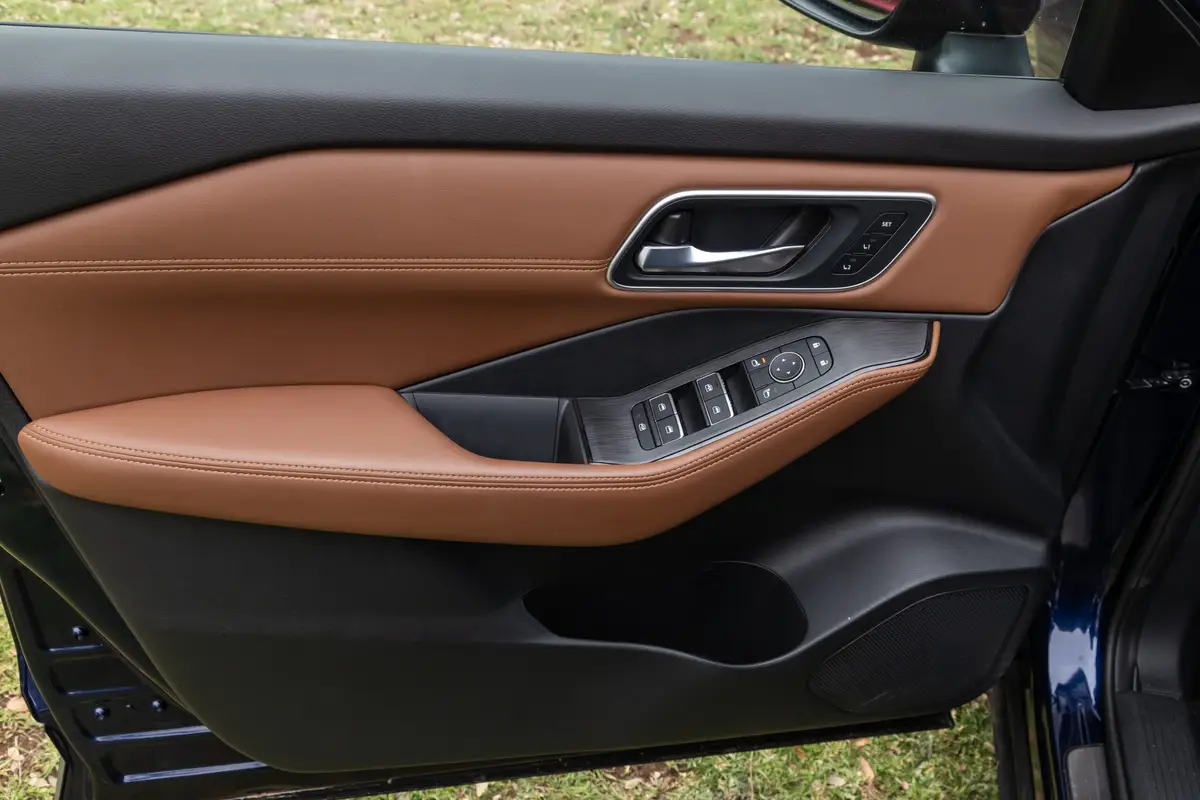
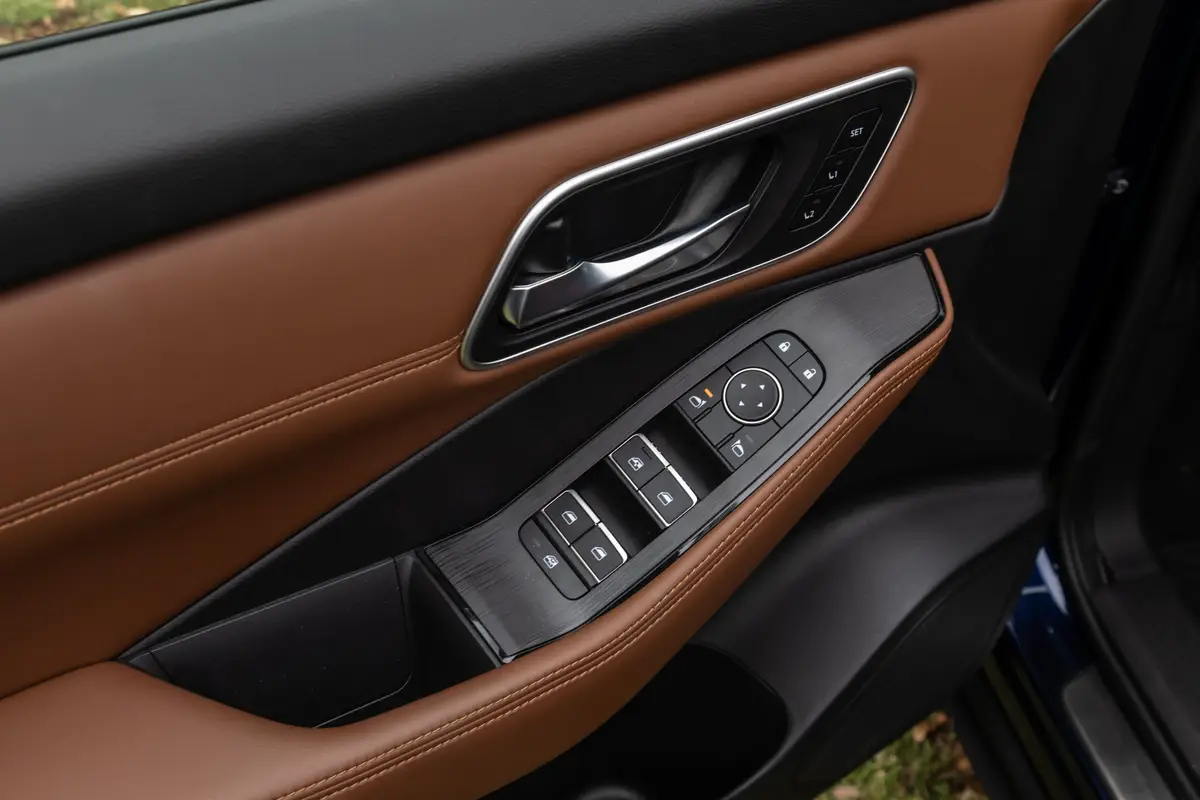
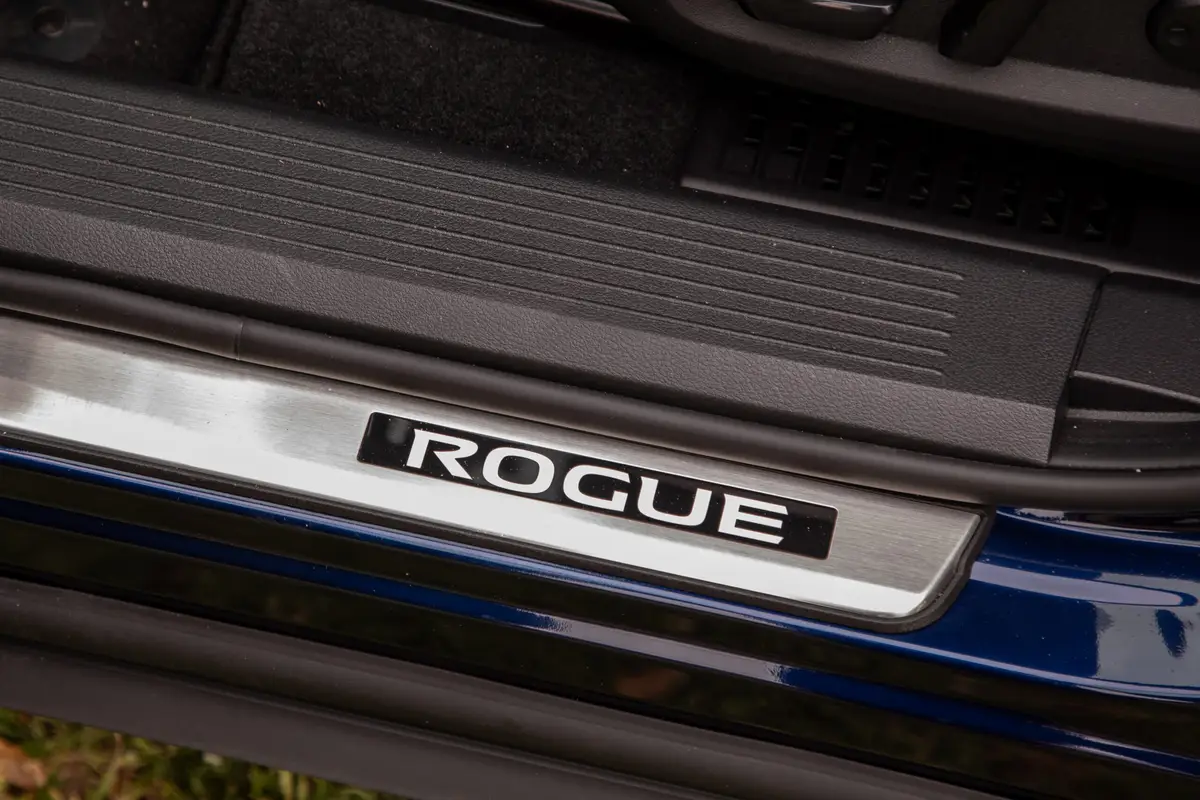






























The interior is the Rogue’s strongest attribute. The Platinum is very nicely appointed on the inside, with an upmarket feel that helps justify its high price. The upholstery and trim are luxurious, and there’s barely a dropoff in quality from the front seats to the back. Both rows of seats are comfortable, even when both are occupied. Backseat passengers in the Platinum get the added benefit of their own climate controls and integrated side window sunshades when the car is equipped with the Platinum Premium Package ($990) that ours had.
On top of that, the Rogue’s physical controls are intuitive and have a pleasing aesthetic: piano-black buttons in a piano-black panel, giving the whole setup a clean one-piece look. The SUV’s 12.3-inch touchscreen infotainment system with Google Built-In usually works well (some editors experienced glitches) and is also intuitive, and the configurable 12.3-inch digital instrument panel provides a lot of useful information without overloading the driver.
How Does the 2025 Nissan Rogue Drive?
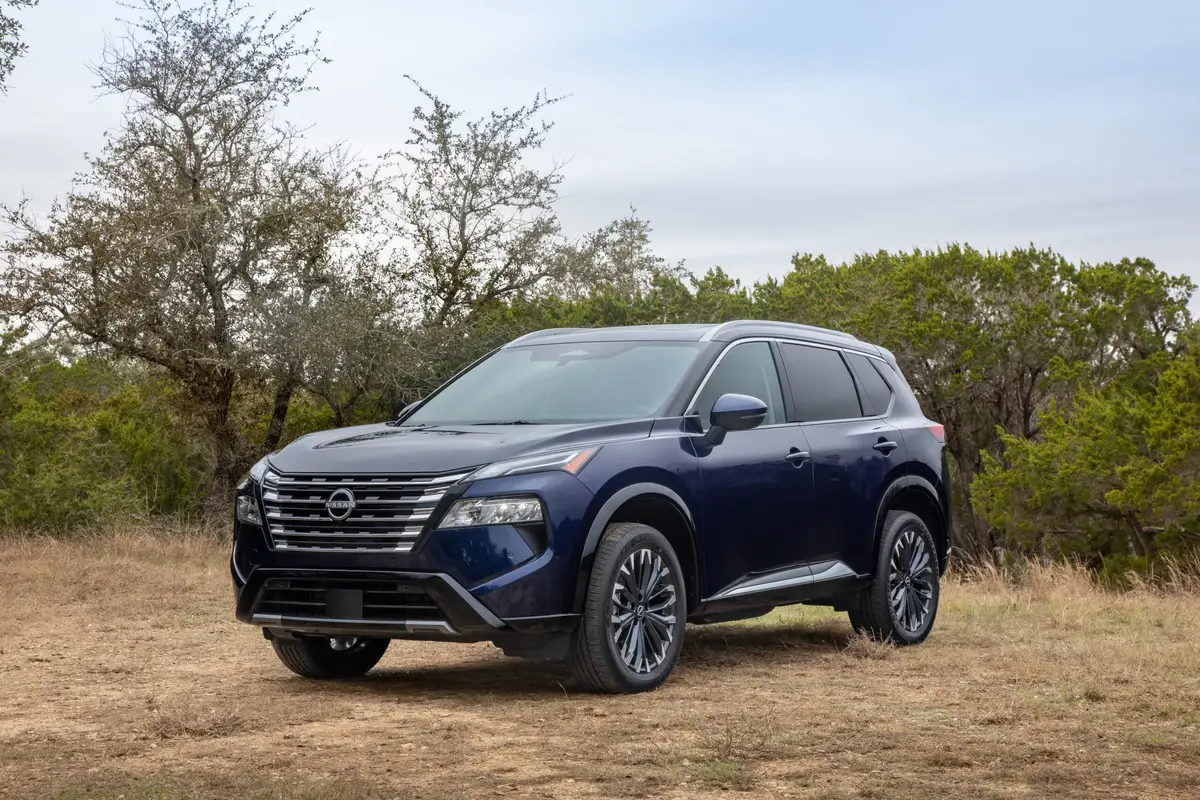
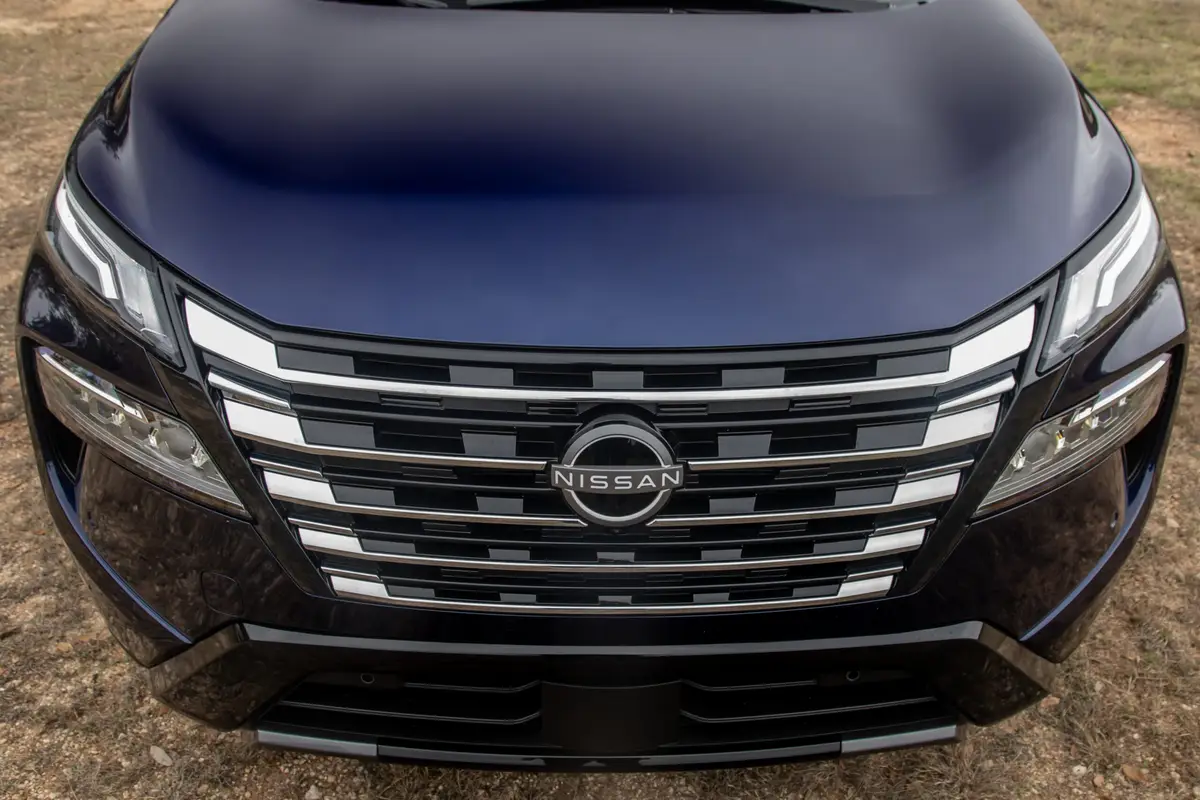
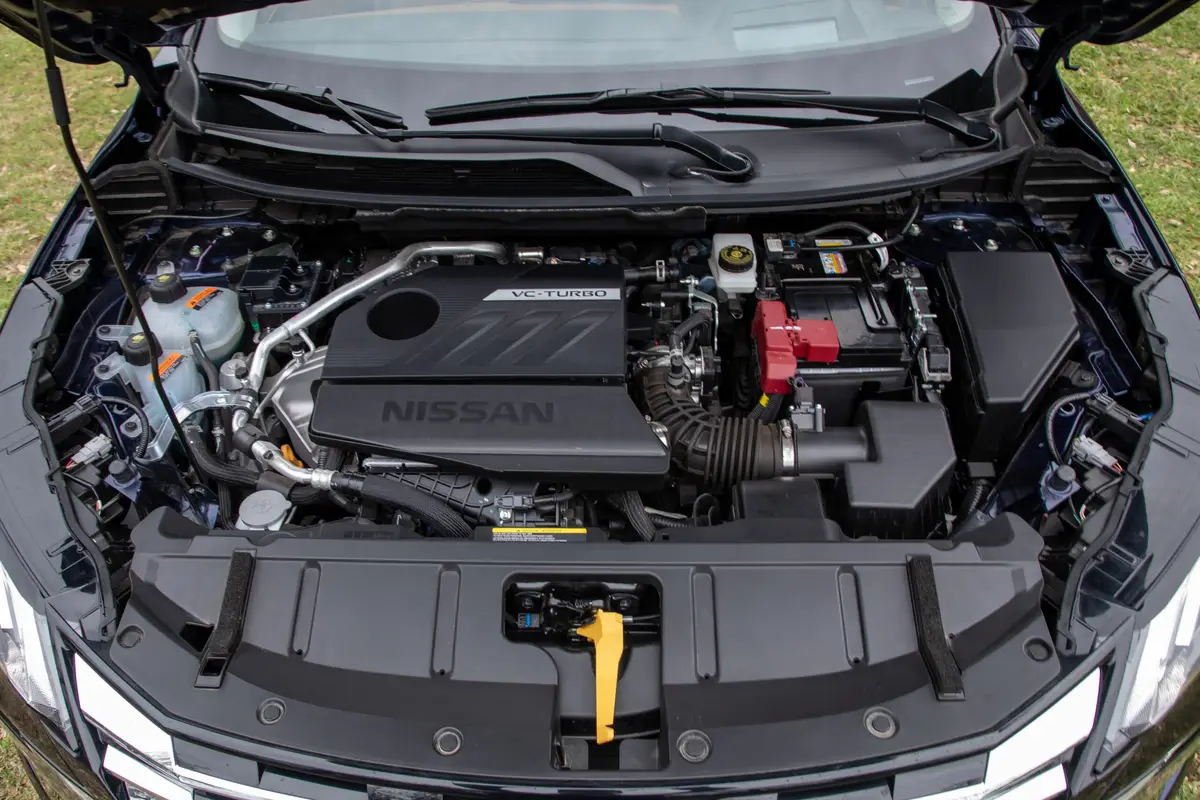
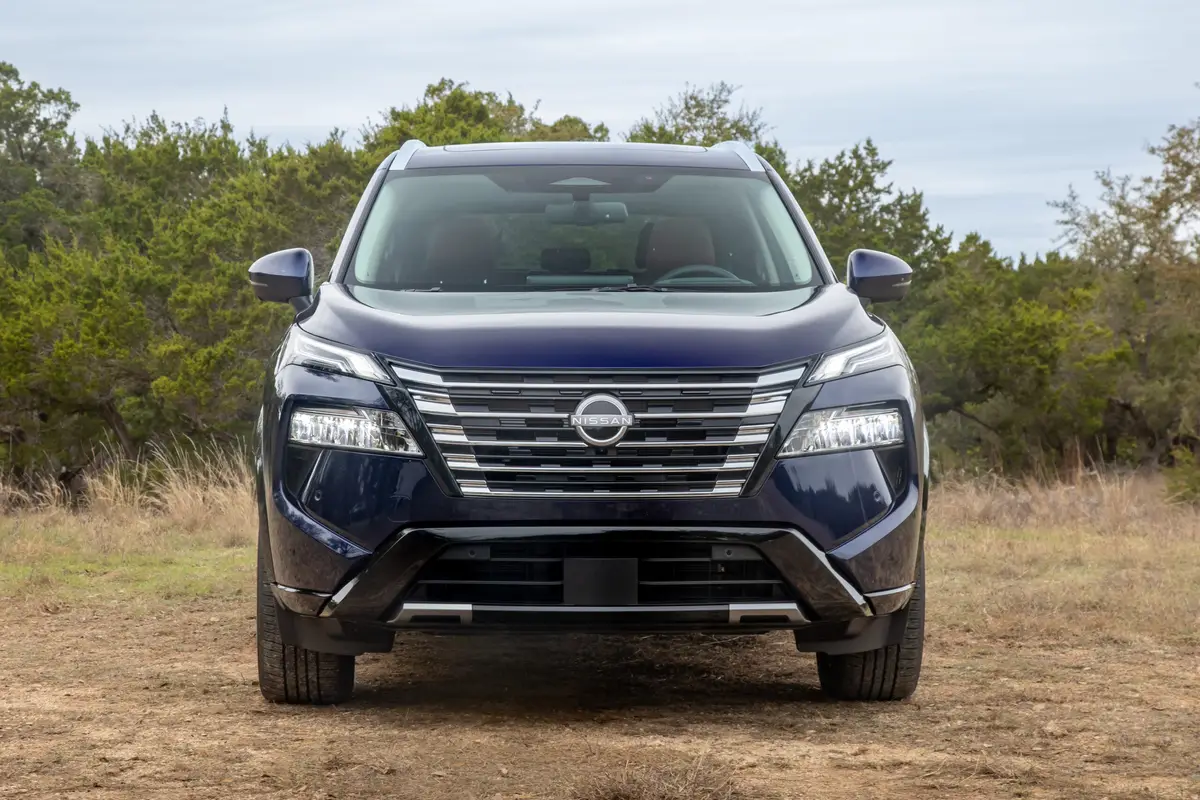

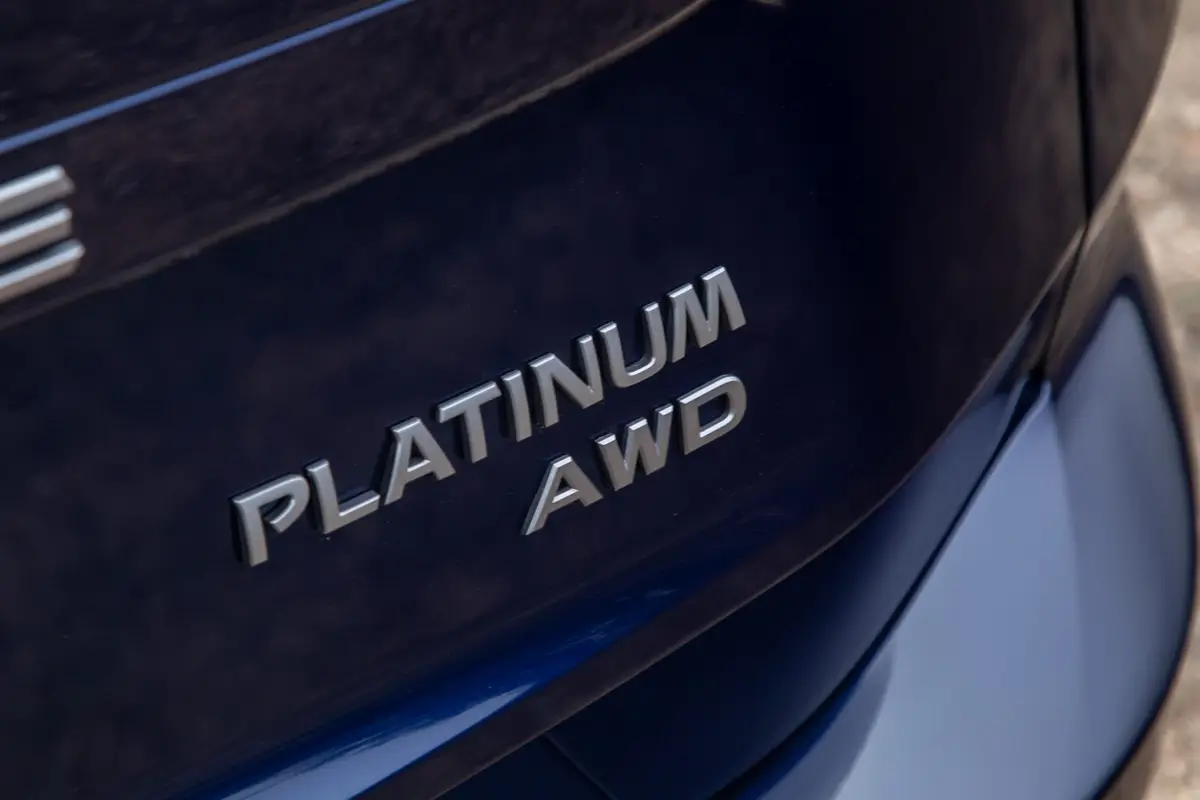

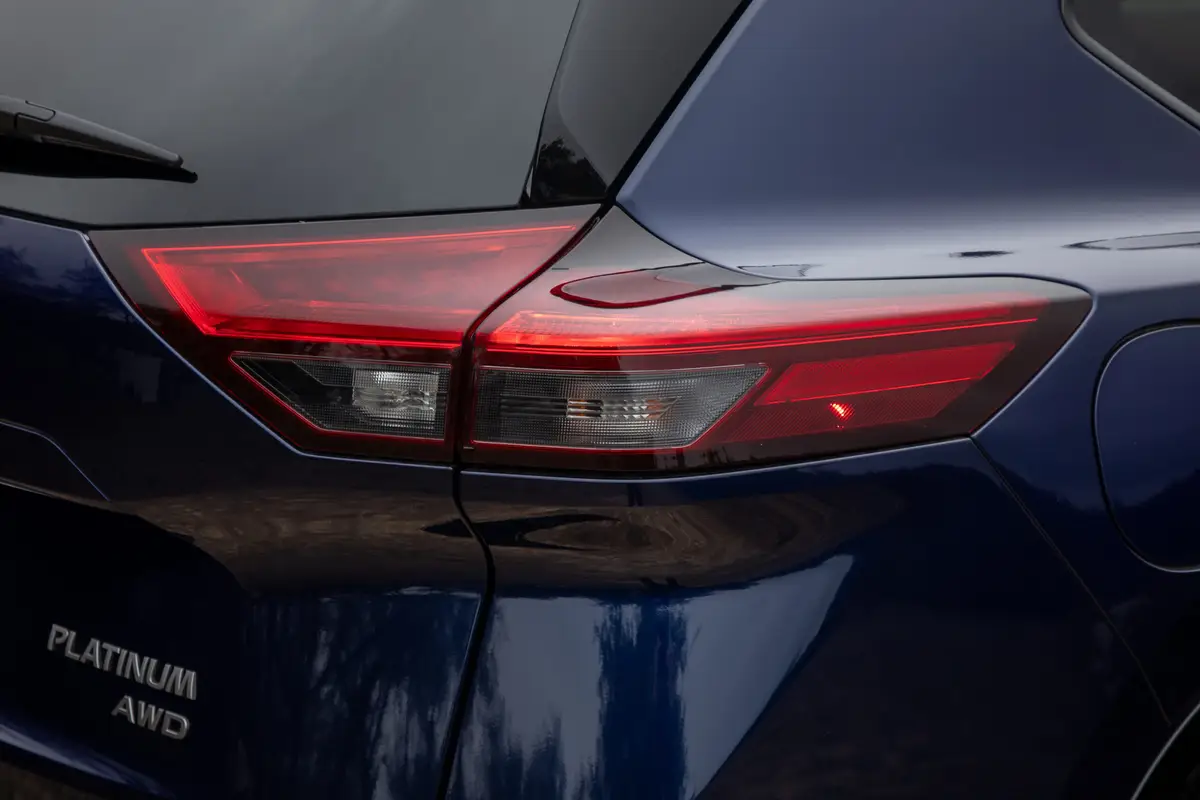
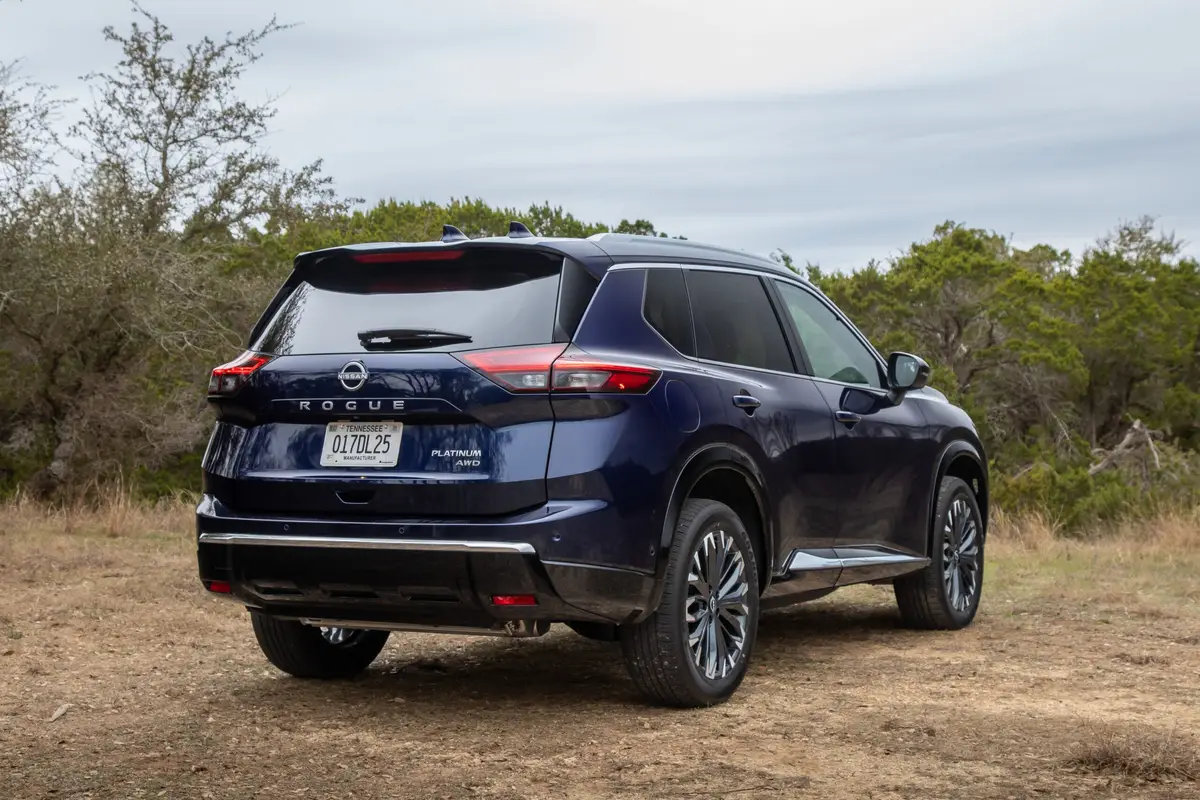
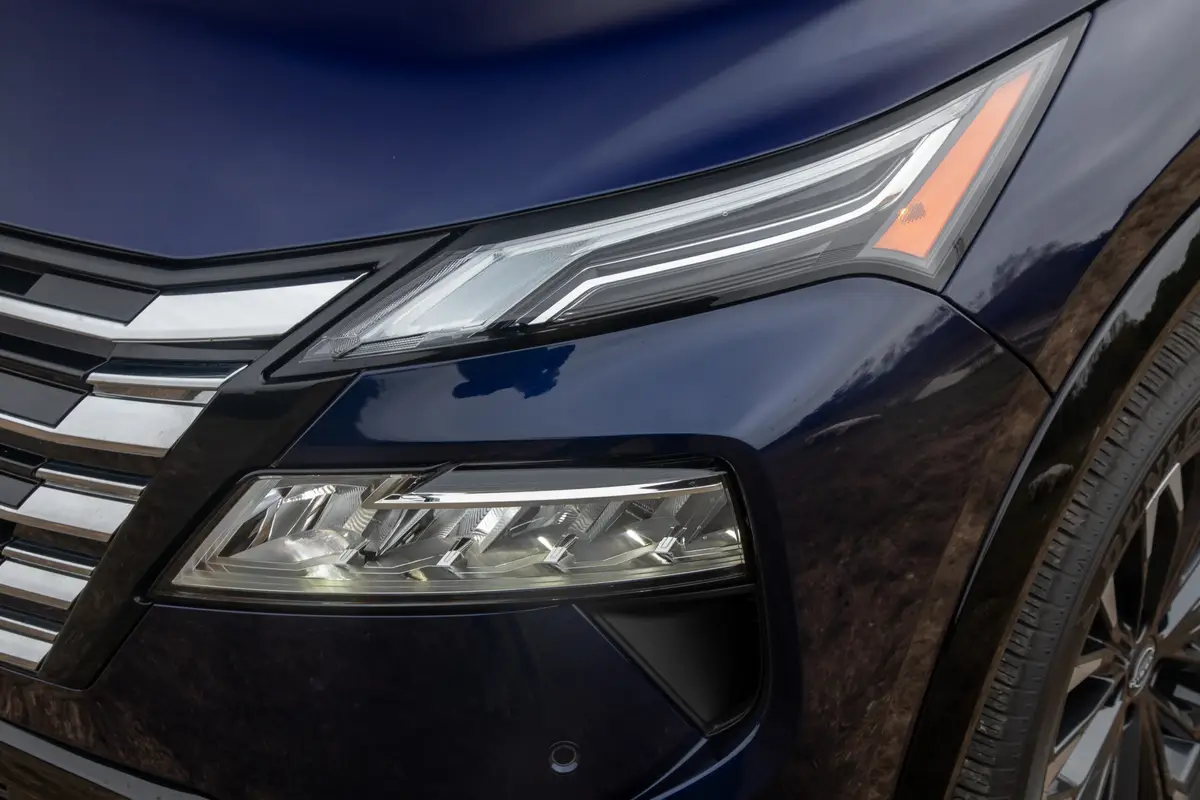
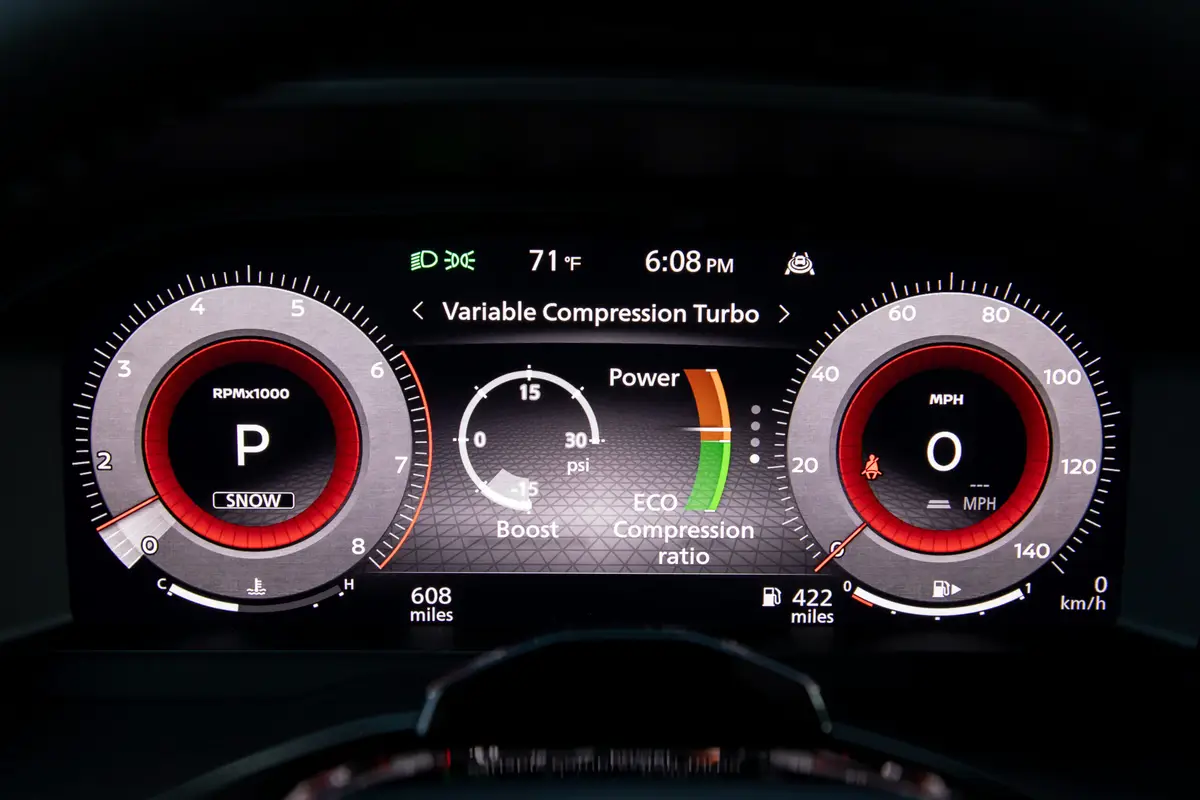
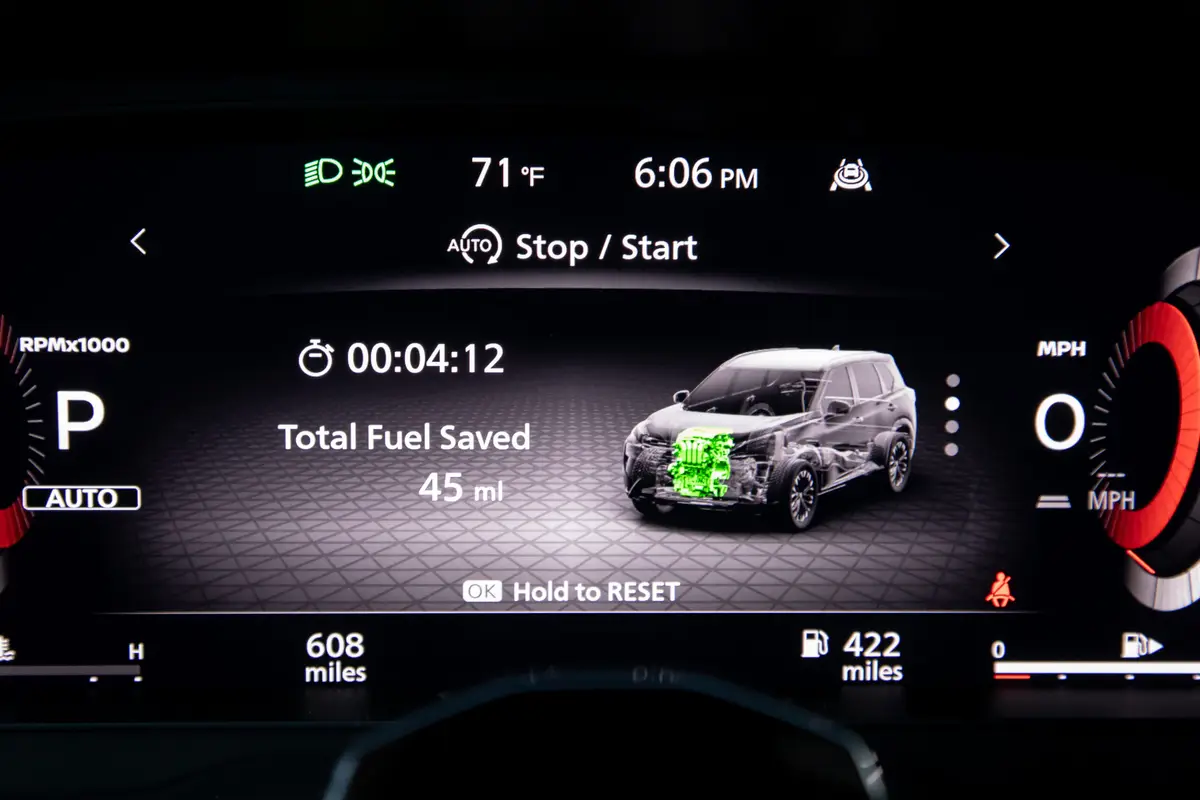
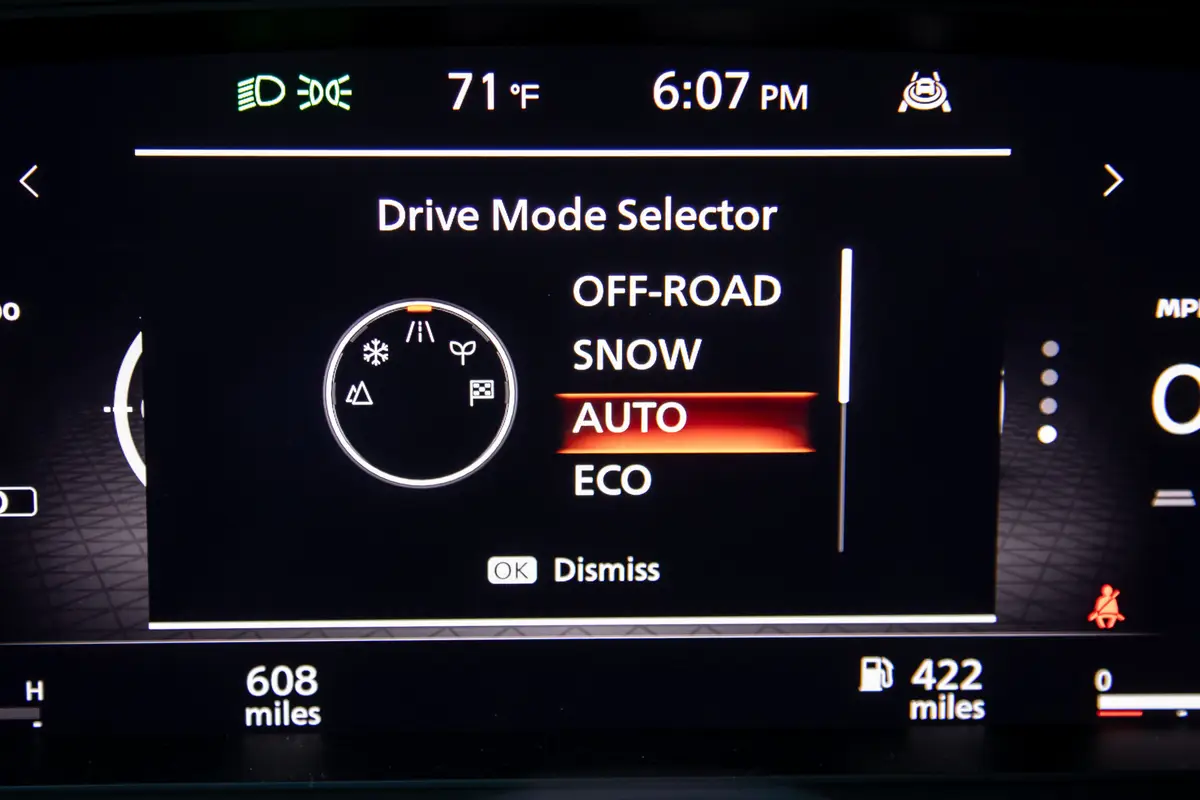
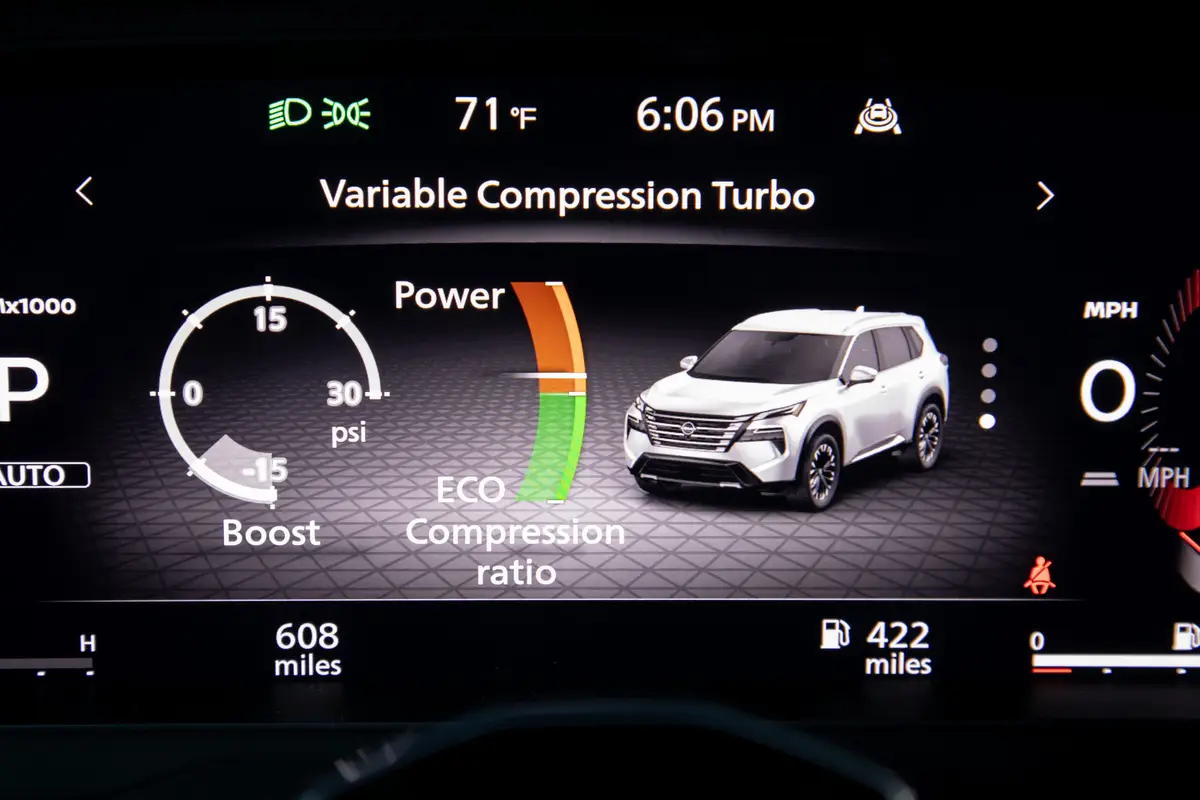
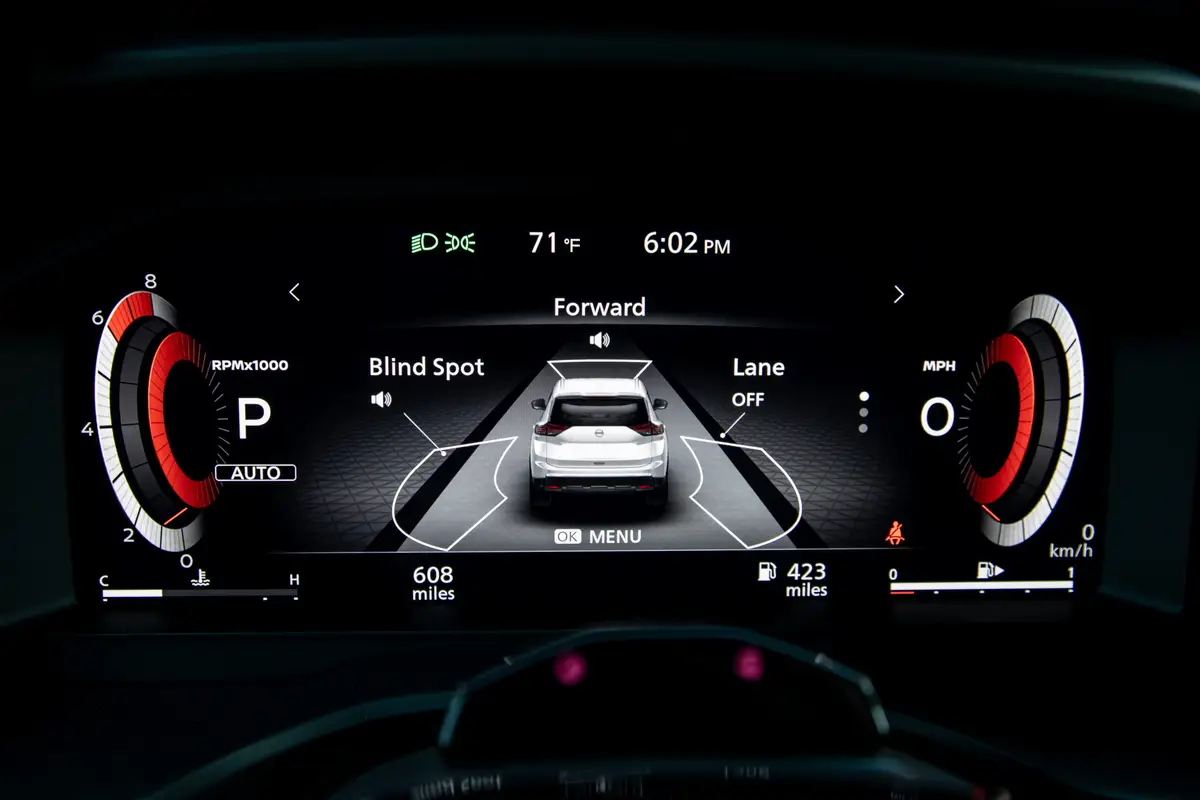















Where the Rogue’s interior is exemplary, the driving experience is notable for a different reason: This Nissan rarely makes an unforced error. Other compact SUVs have numb steering or a too-firm suspension or a lazy powertrain, or, or, or. The Rogue does absolutely nothing wrong on the road. Power from the three-cylinder turbo is perfectly adequate; engine and transmission noise are never grating; and the CVT does a good enough job pretending to be a traditional automatic transmission — meaning it’s unobtrusive. Ride quality is also very composed — neither too sporty nor too soft — and body control is good, too. The steering feel is adequate; it’s not impressively communicative, but it’s not so numb that you don’t know what the tires are doing. The Rogue won’t keep up with Mazda’s more powerful SUVs, and it doesn’t have the relative fun factor of a Honda CR-V, but it’s not far behind.
Fuel economy is also relatively good. Unlike many vehicles in its class, the Rogue is not available as a hybrid, so — at least in its current form — it will never be the segment’s efficiency champion. It is, however, rated at up to 33 mpg combined with FWD and 31 mpg combined with AWD (the Rock Creek gets 29 mpg). In our fuel economy testing, the Rogue was the second most efficient SUV among the non-hybrid models we compared, with observed gas mileage of 30.8 mpg. In this class, adequate power and efficiency is a winning combination.
How Are the 2025 Nissan Rogue’s Driver-Assist Features?
This category is where our test Rogue’s value proposition starts to take a hit. The vehicle we drove was equipped with a $3,200 Technology Package, which does two things: It adds Nissan’s ProPilot Assist 2.1, which gives you the ability to use hands-free semi-autonomous driving on certain stretches of highway, and it also adds enhanced camera views for the vehicle’s 360-degree camera system, including the Invisible Hood View.
Options are a personal preference, but I’m inclined to say skip this one. I’ve found similar hands-free driving systems useful on lengthy road trips, but I don’t consider them a must-have feature, and Nissan’s doesn’t do anything particularly different. The same can be said of Invisible Hood View; it would be useful in off-roading situations — which are situations no one in a Rogue Platinum is likely to regularly encounter — or if parking logs or other low obstacles are problematic, but I’m going to go ahead and say “skill issue” on those ones.
More From Cars.com:
- Nissan Cuts Pricing on 2025 Rogue, Pathfinder SUVs
- What’s New for the 2025 Nissan Rogue?
- How Do Car Seats Fit in the 2025 Nissan Rogue?
- Research the 2025 Nissan Rogue
- Find a New Nissan Rogue for Sale Near You
Is the 2025 Nissan Rogue a Good Value?
This is a good question with a complicated answer. The Rogue was not the winner in the Value category of our comparison test, but it did finish third out of seven SUVs — despite having the highest as-tested price. And given its other strengths, the Rogue was our overall winner, making a strong argument that, even at nearly $50,000, it’s a good value. If that’s your conclusion, it’s a good one.
My conclusion is less rosy. A search of SUVs with prices between $45,000 and $50,000 turns up a wealth of roomier three-row models, including our Best of 2025 Hyundai Santa Fe with a hybrid powertrain in its top Calligraphy trim. Even some base luxury compact SUVs like the Land Rover Range Rover Evoque, Audi Q5, BMW X3 and Genesis GV70 fall into that category. In this price range, there are plenty of alternatives that might be better long-term choices — my family of three plus a dog, for example, is close to outgrowing a compact SUV — as well as ones where you might feel less like you have to justify the price.
If I had to buy a Rogue, I’d skip the Technology Package and all the lighting options on our test vehicle, saving $4,580 and lowering its as-tested price to a still-high, but more palatable, $43,750, not counting Nissan’s recent price reductions. Factor those in, and your Rogue Platinum would come in under $43,000, making it feel like a better value to me.
The Rogue’s pricing is its biggest weakness, but it’s still the best all-around choice in the most competitive vehicle class.
Cars.com’s Editorial department is your source for automotive news and reviews. In line with Cars.com’s long-standing ethics policy, editors and reviewers don’t accept gifts or free trips from automakers. The Editorial department is independent of Cars.com’s advertising, sales and sponsored content departments.

Road Test Editor Brian Normile joined the automotive industry and Cars.com in 2013, and he became part of the Editorial staff in 2014. Brian spent his childhood devouring every car magazine he got his hands on — not literally, eventually — and now reviews and tests vehicles to help consumers make informed choices. Someday, Brian hopes to learn what to do with his hands when he’s reviewing a car on camera. He would daily-drive an Alfa Romeo 4C if he could.
Latest news
